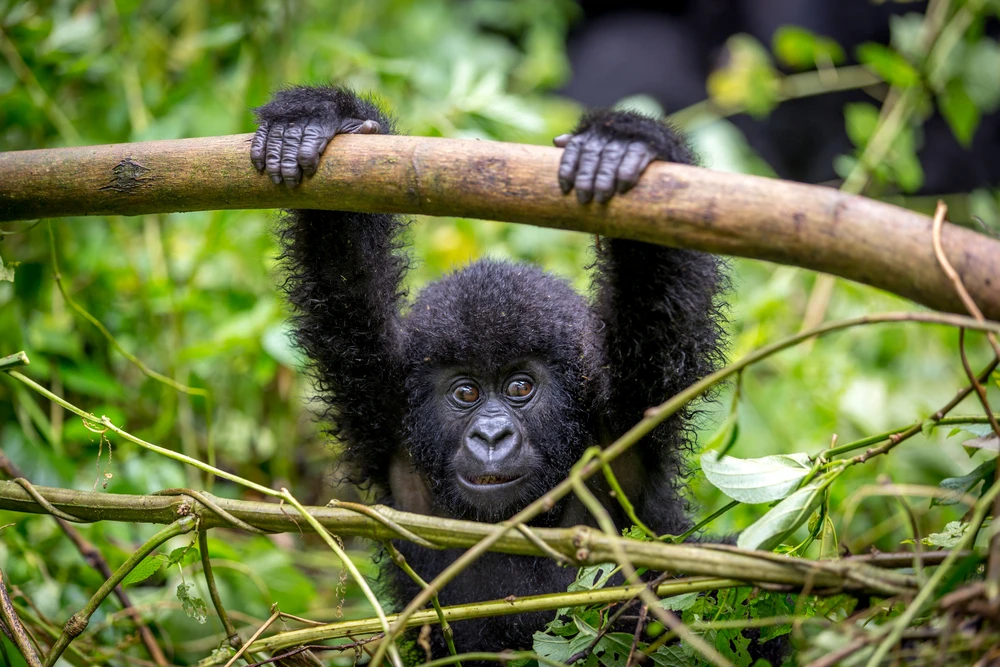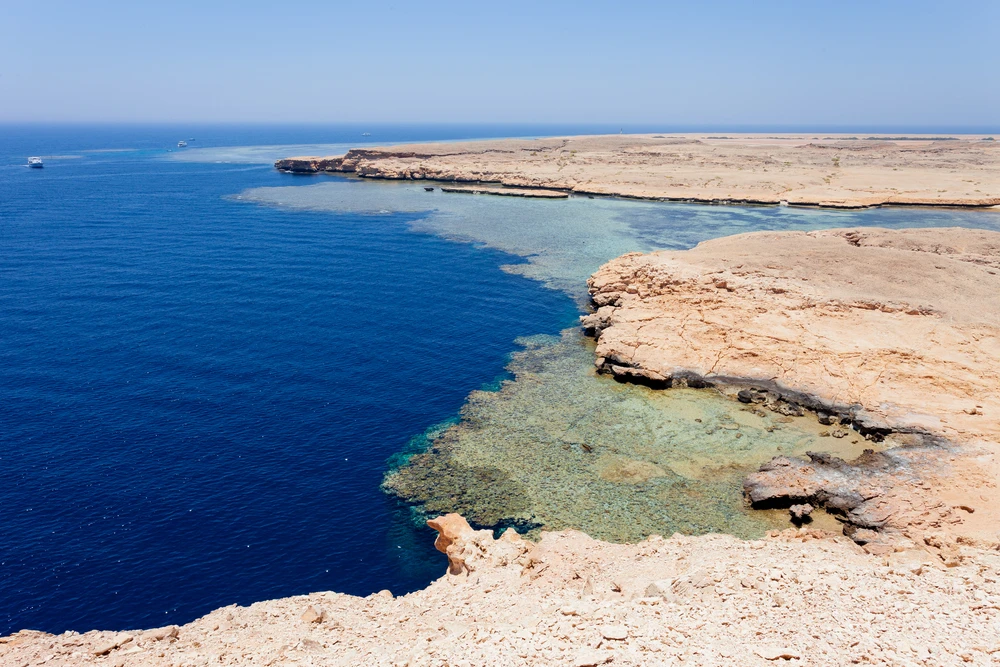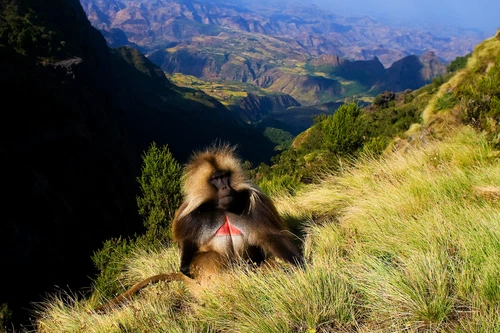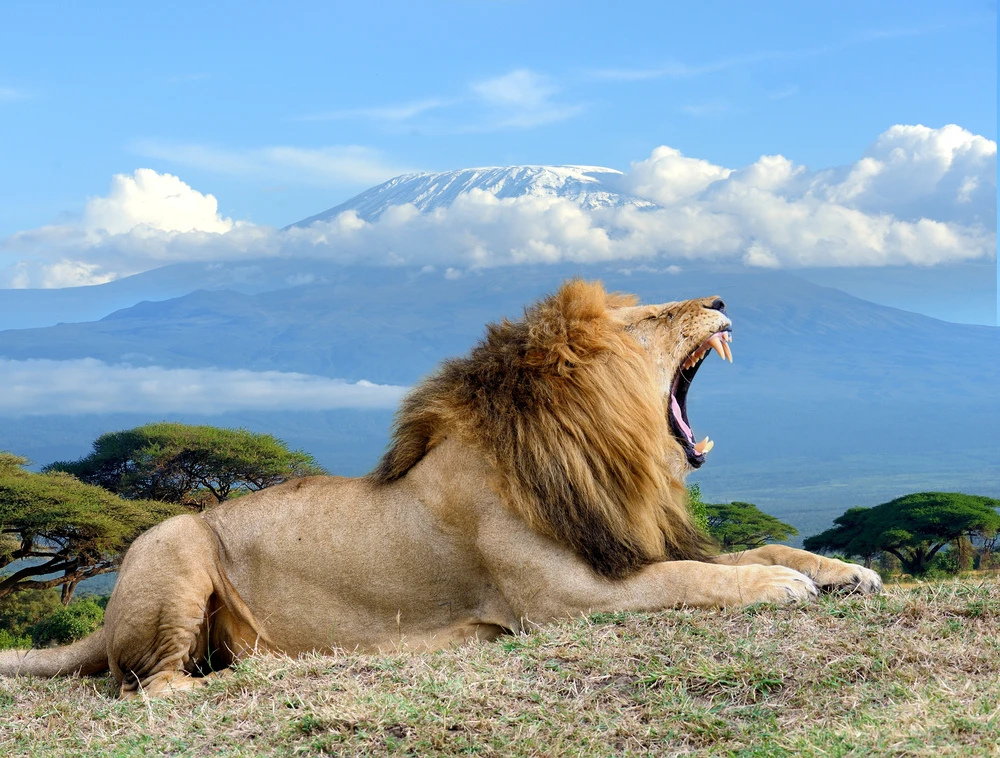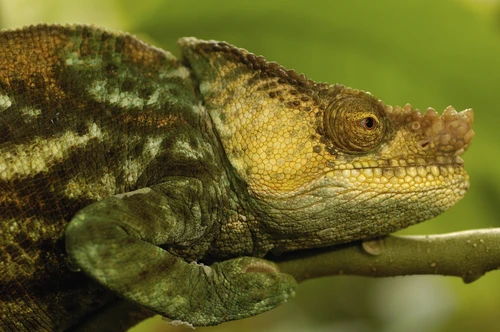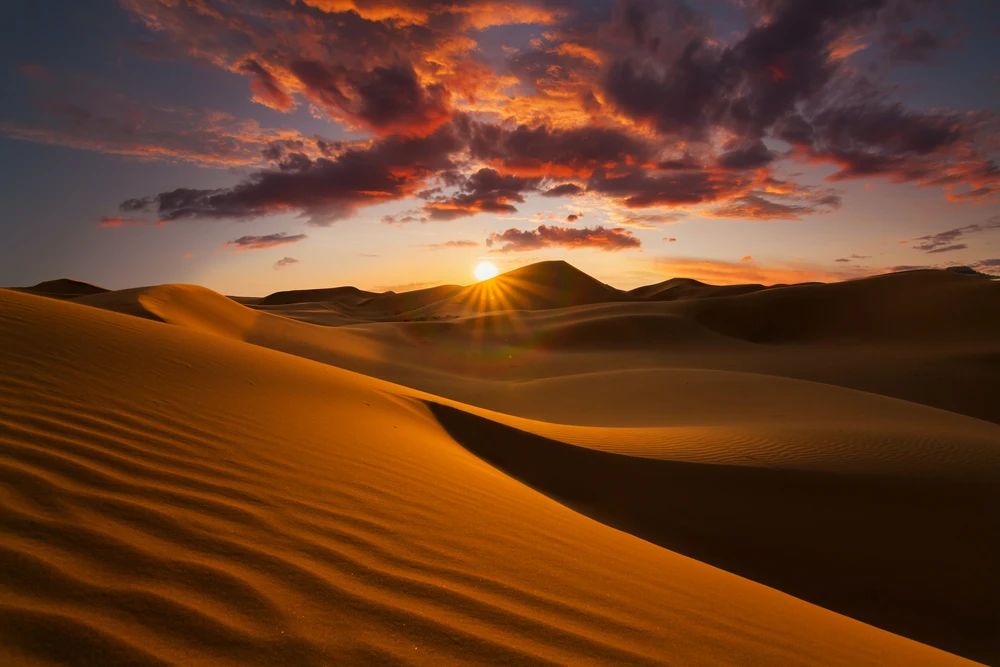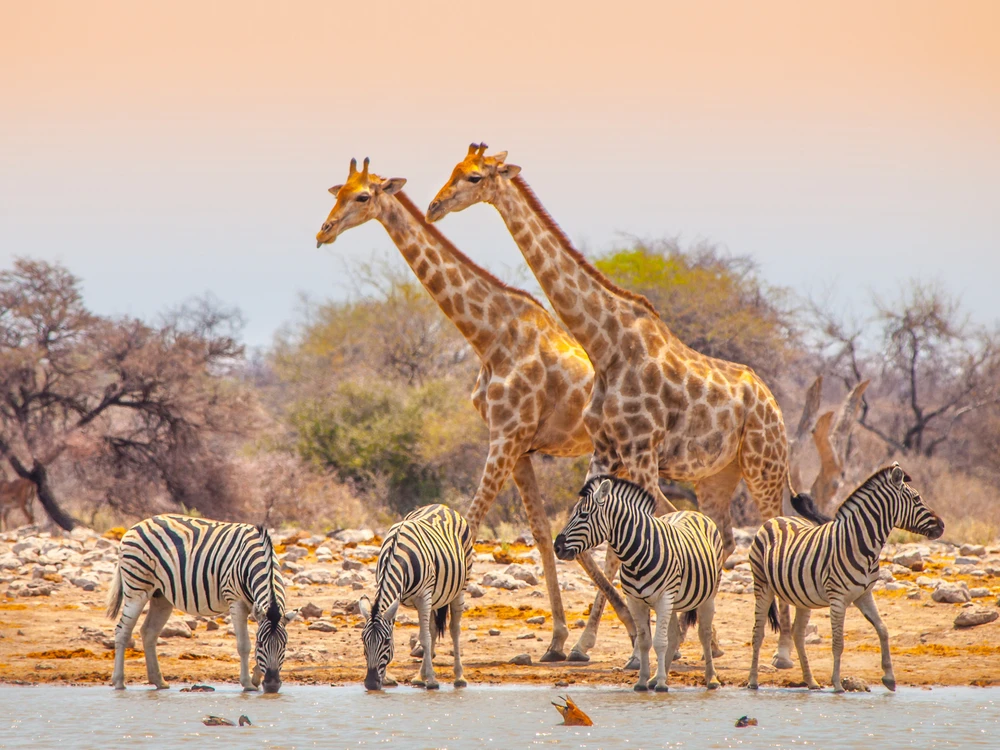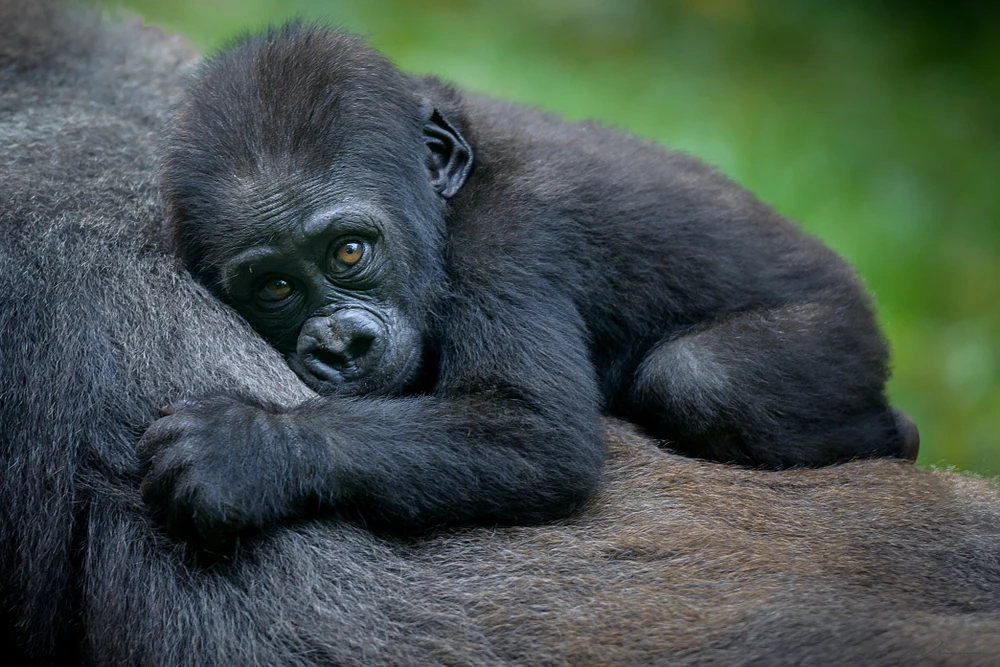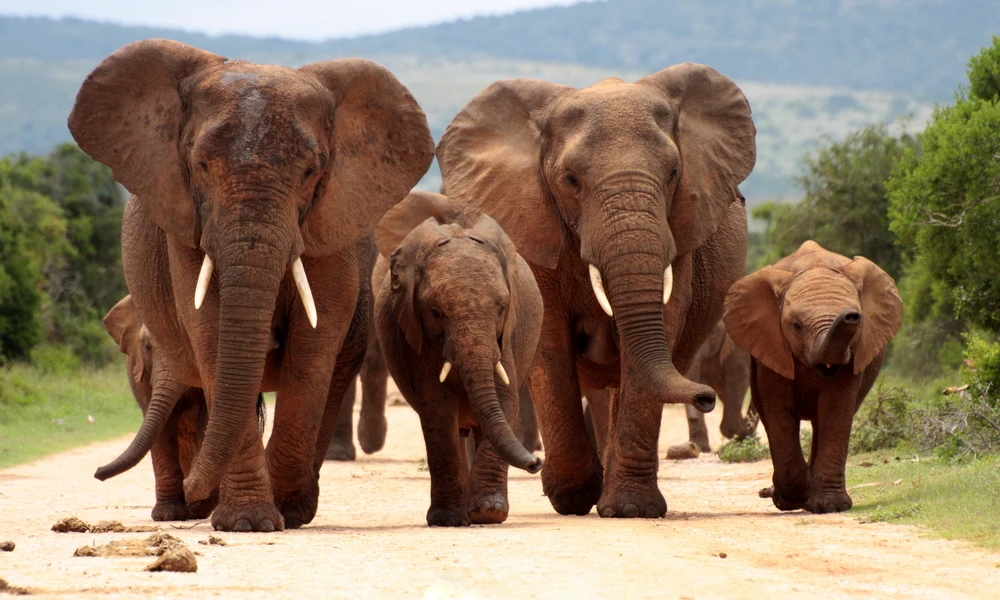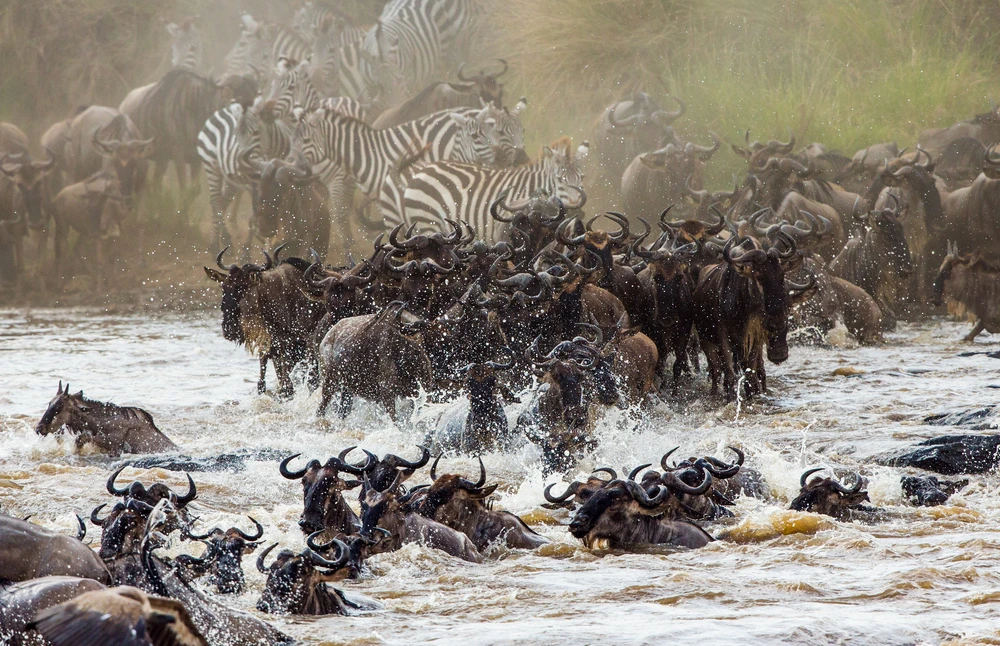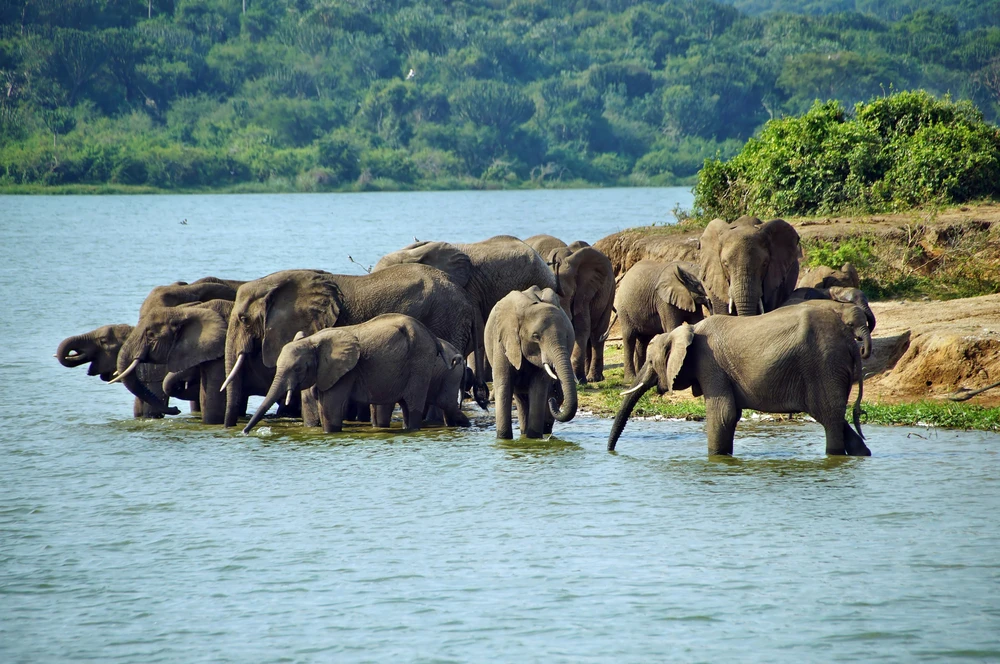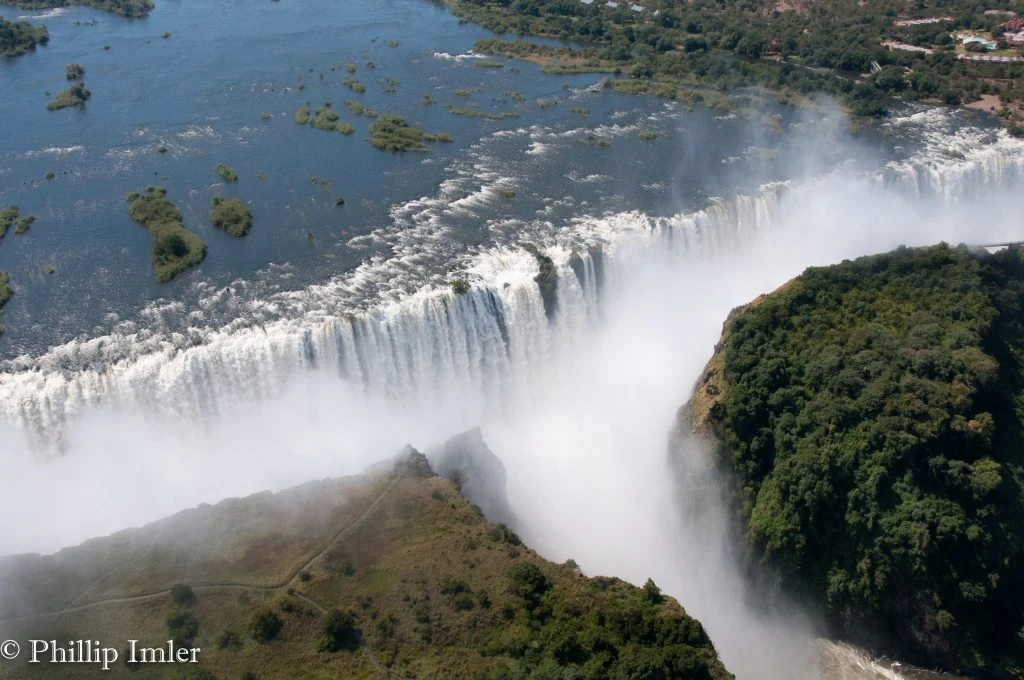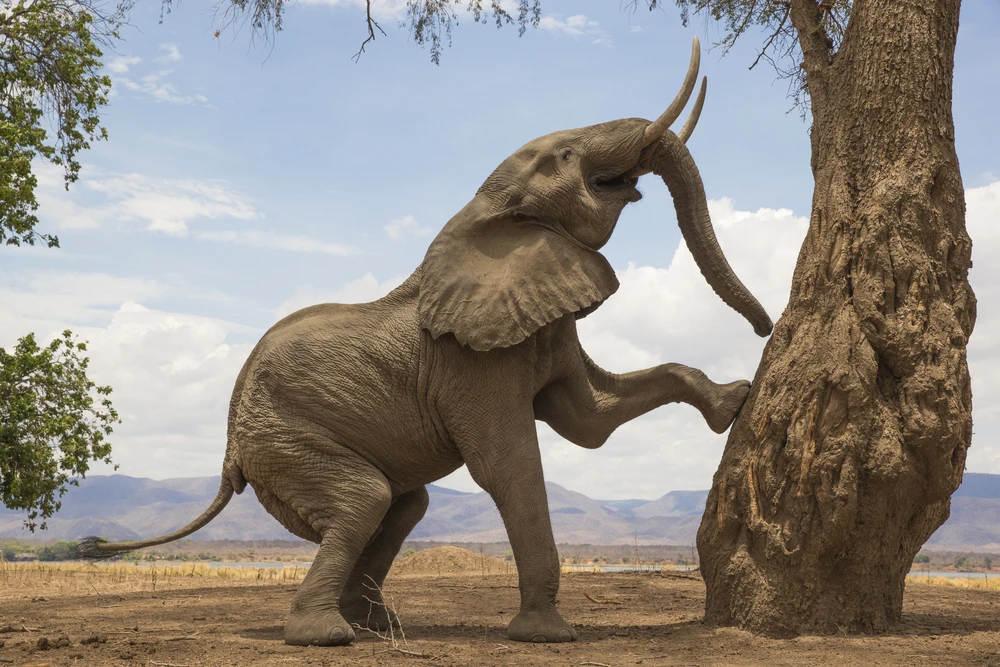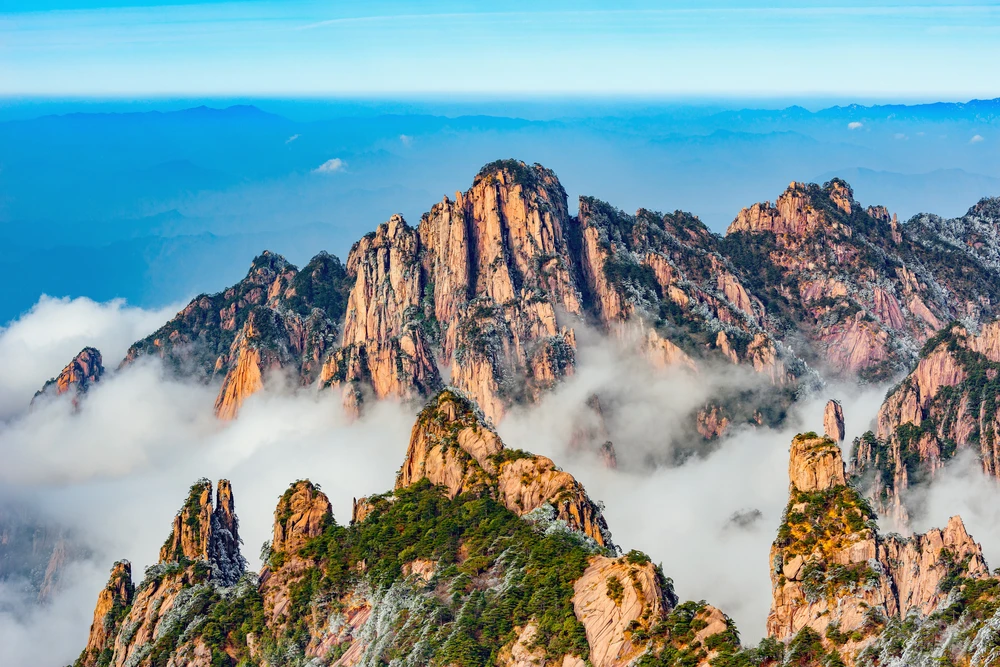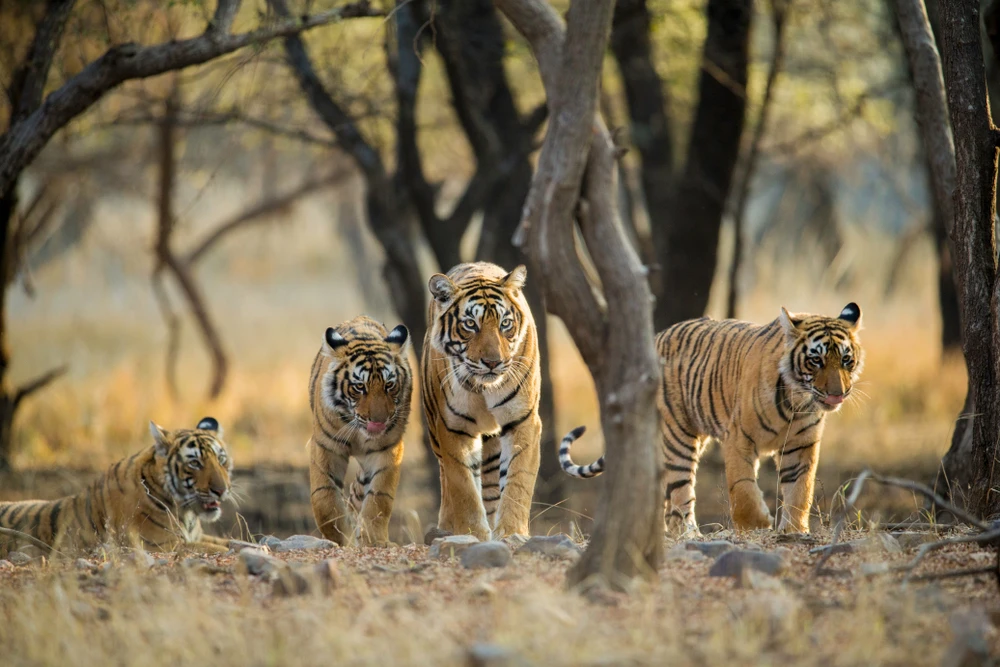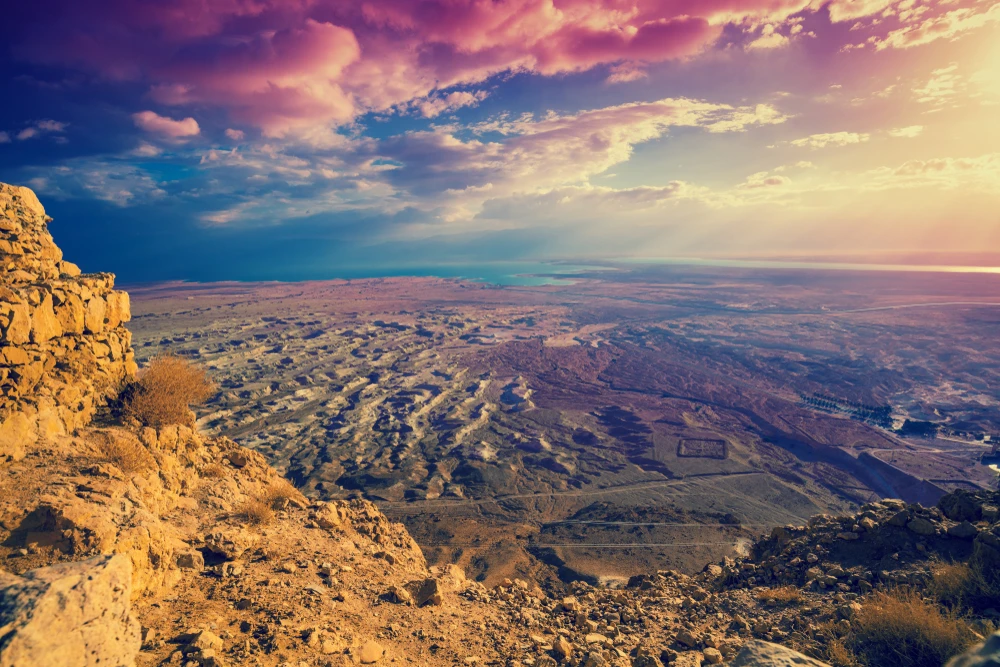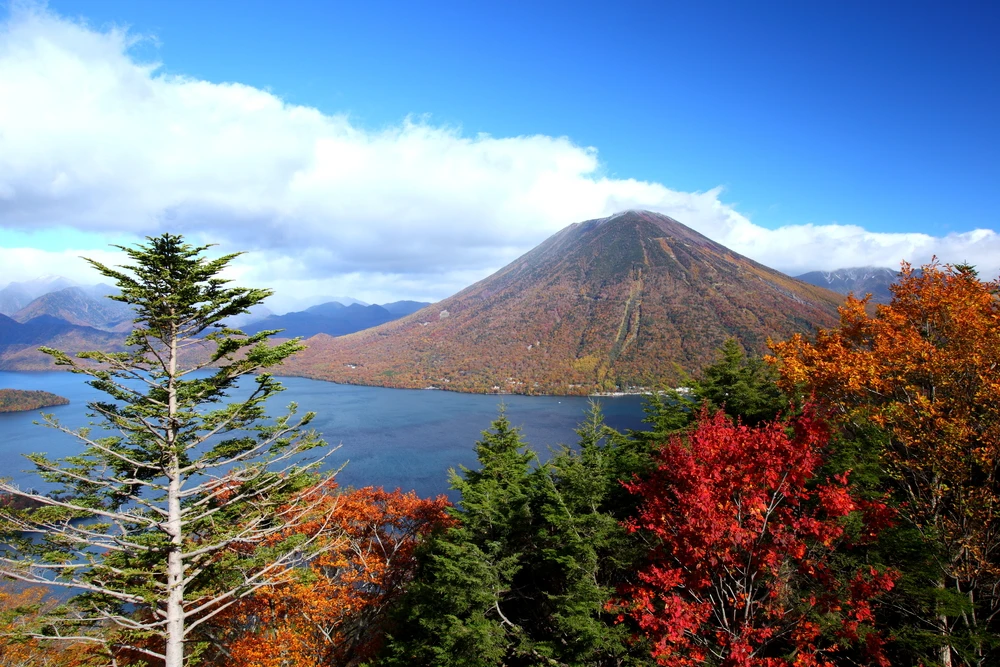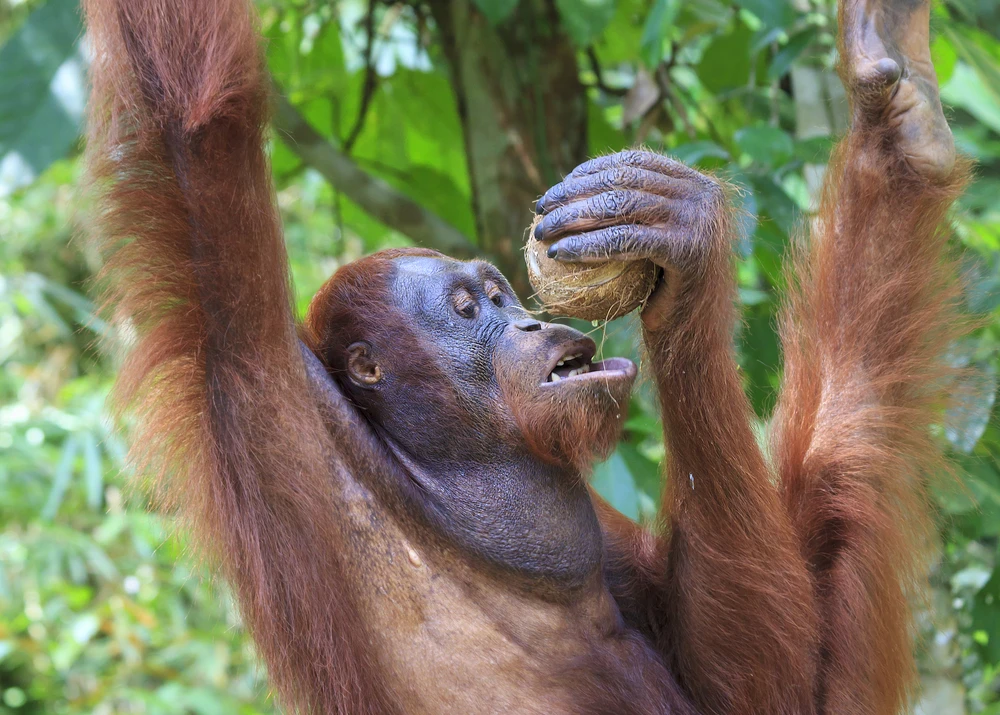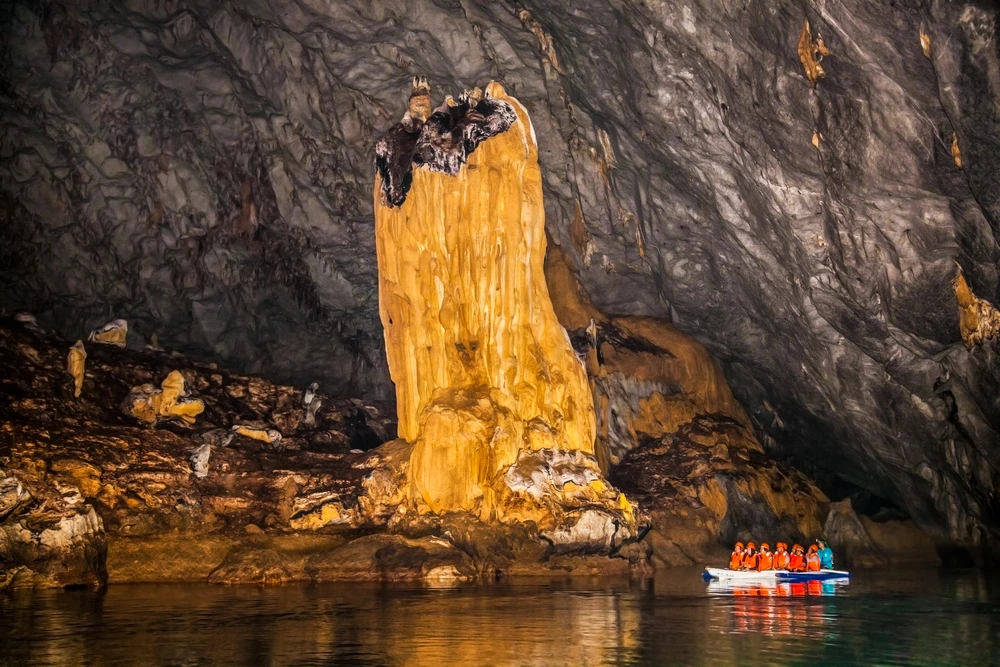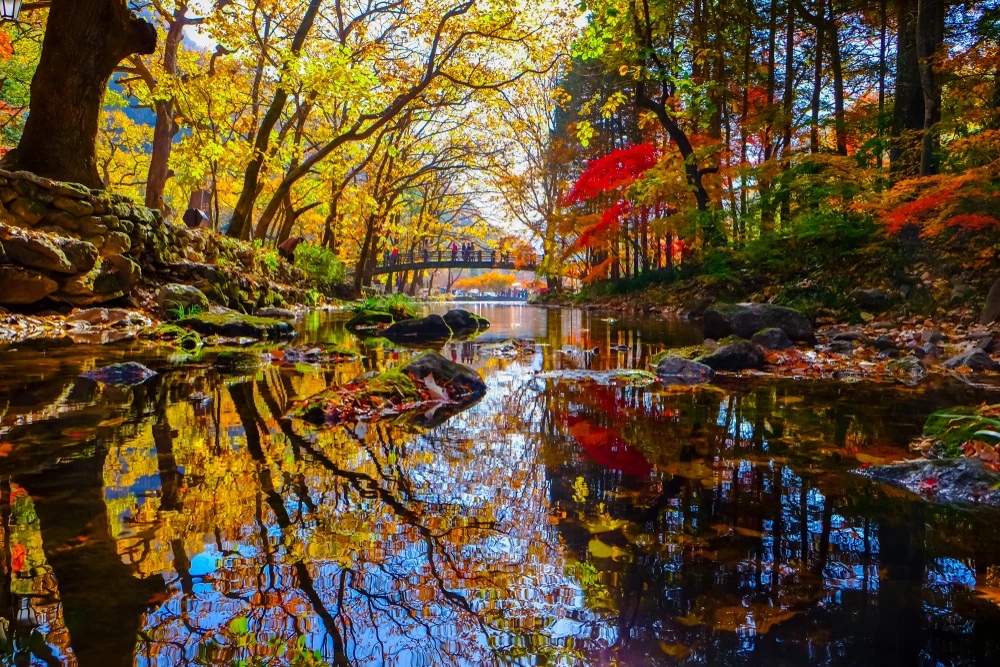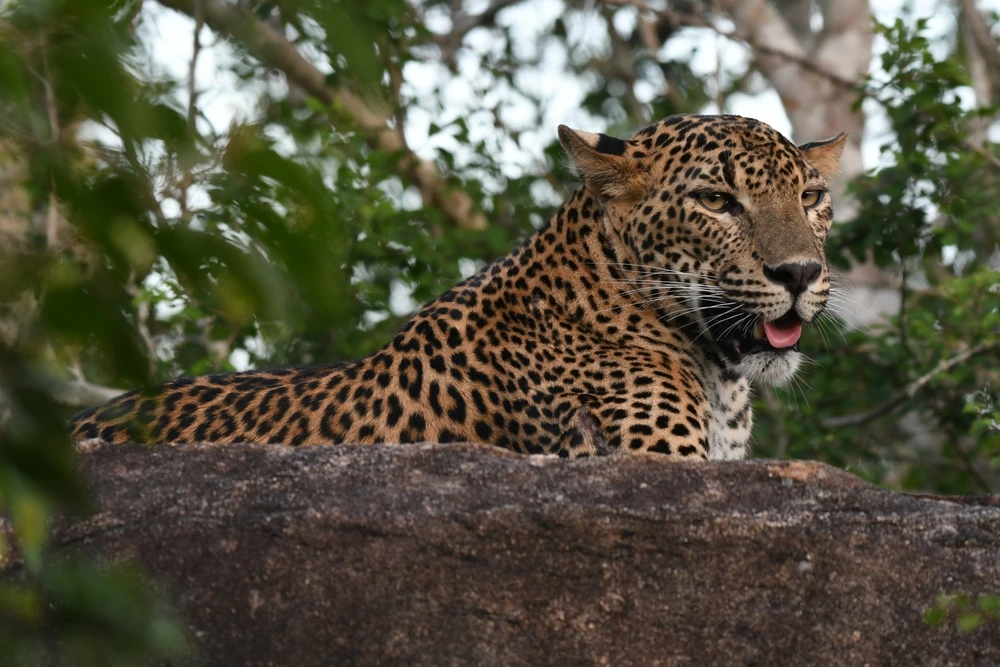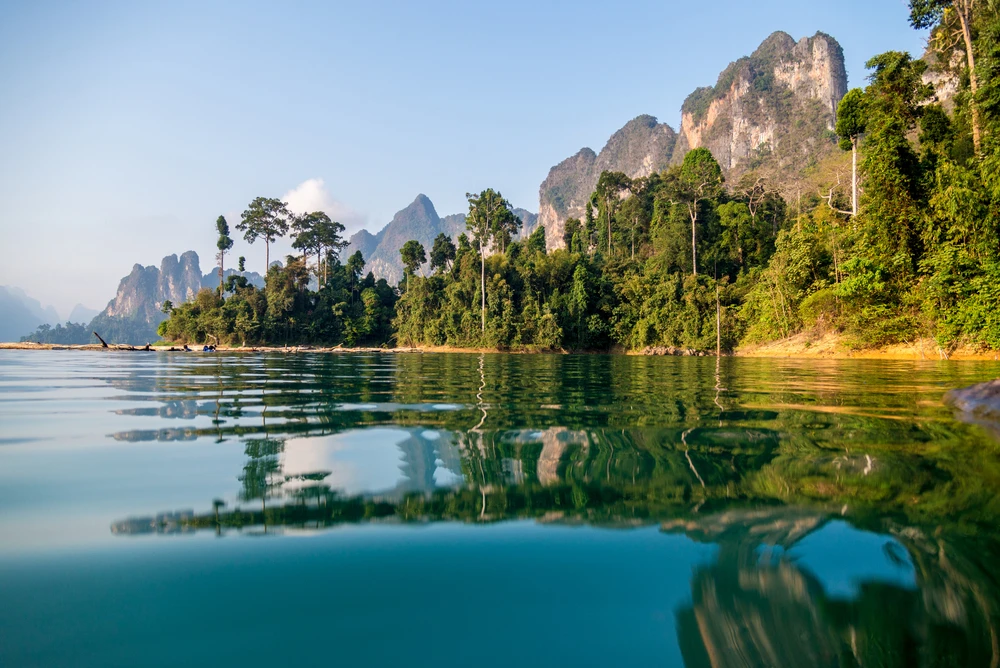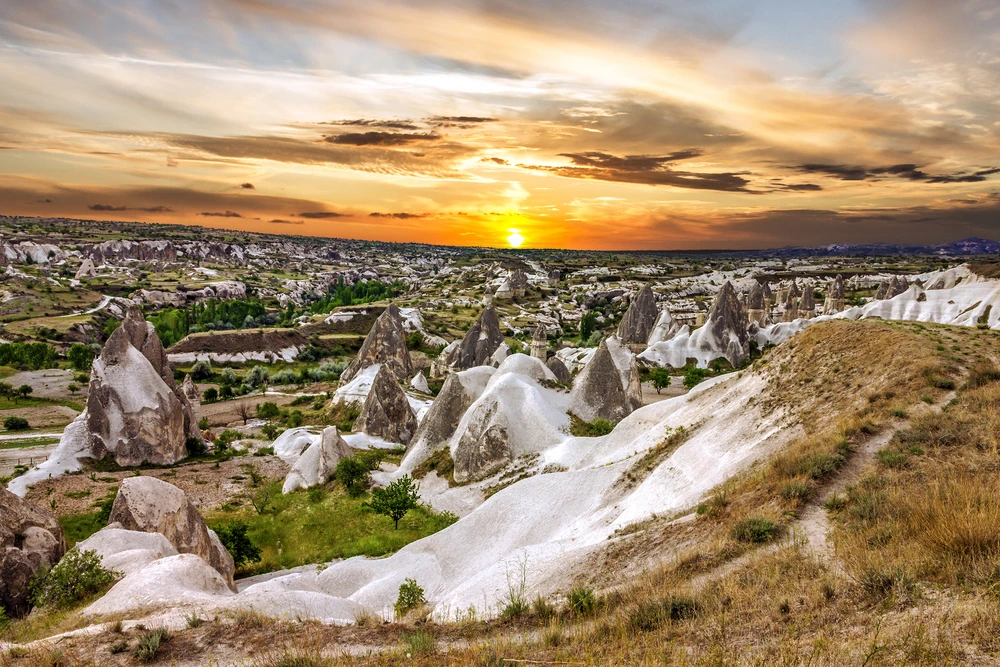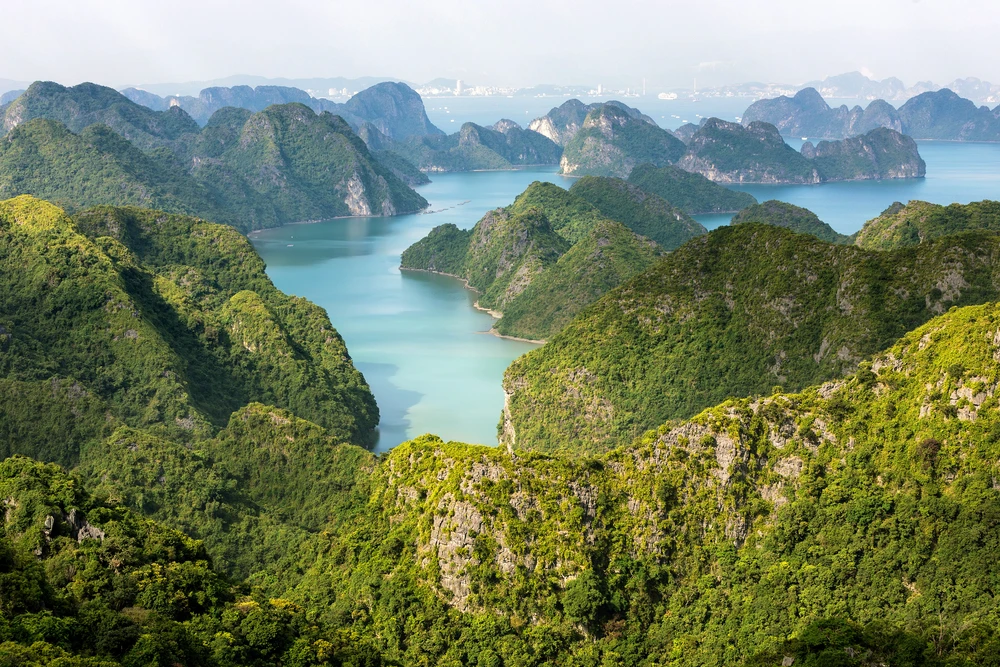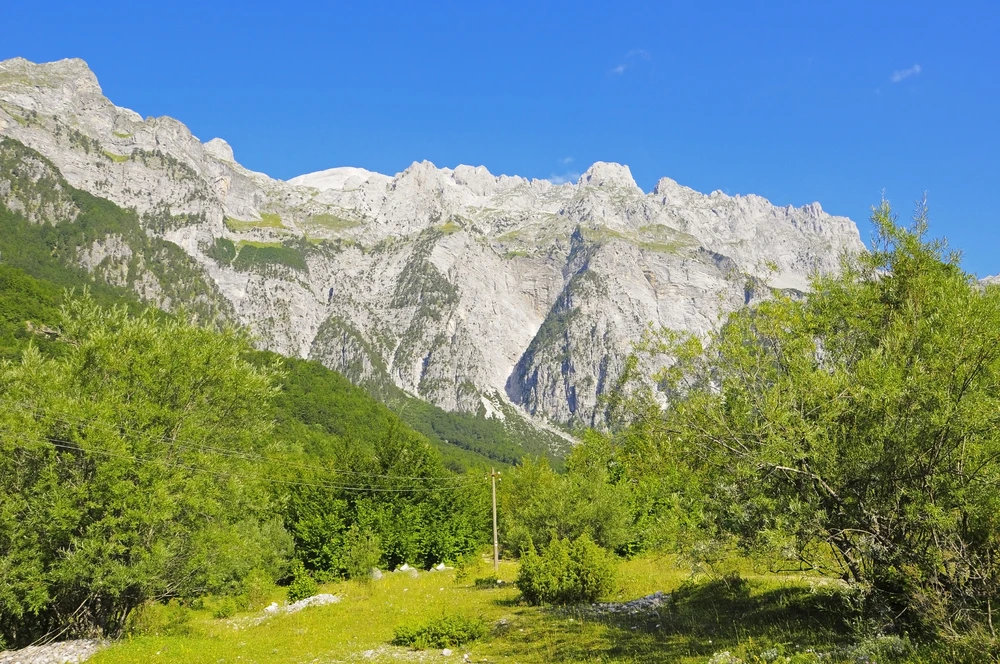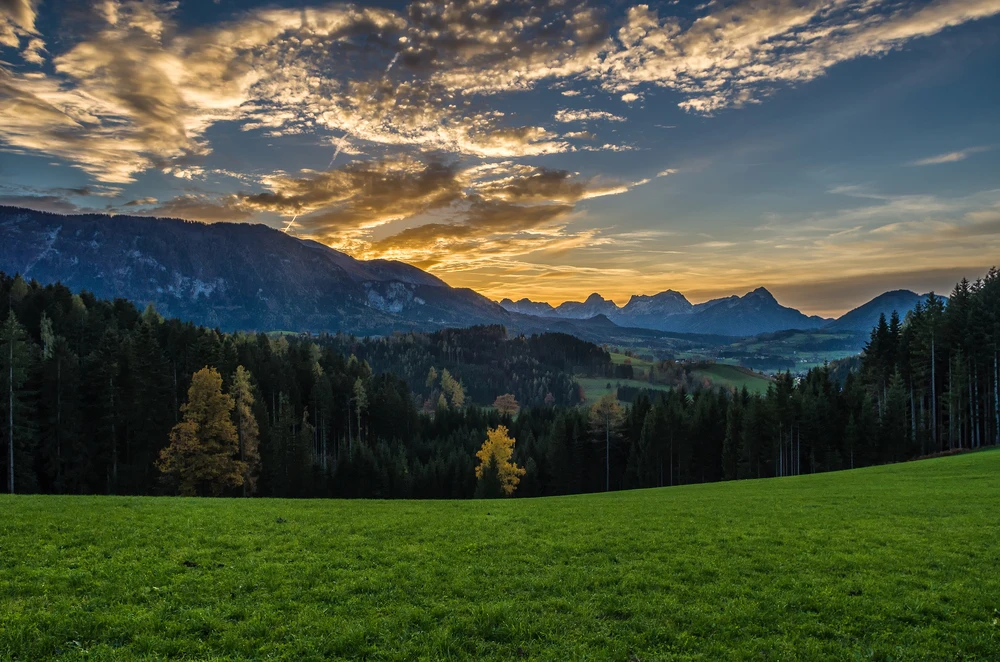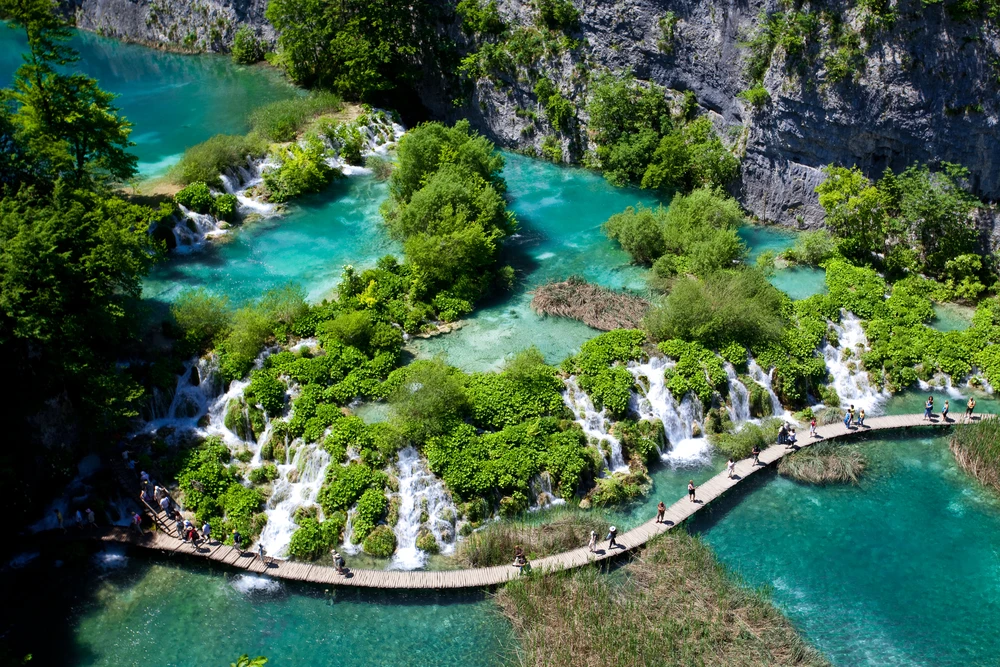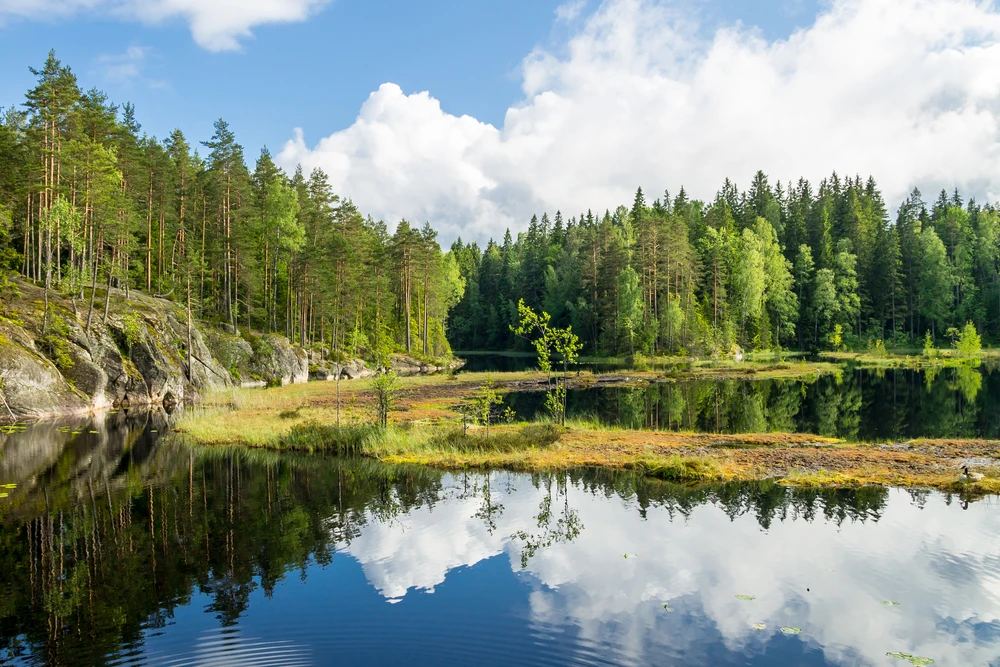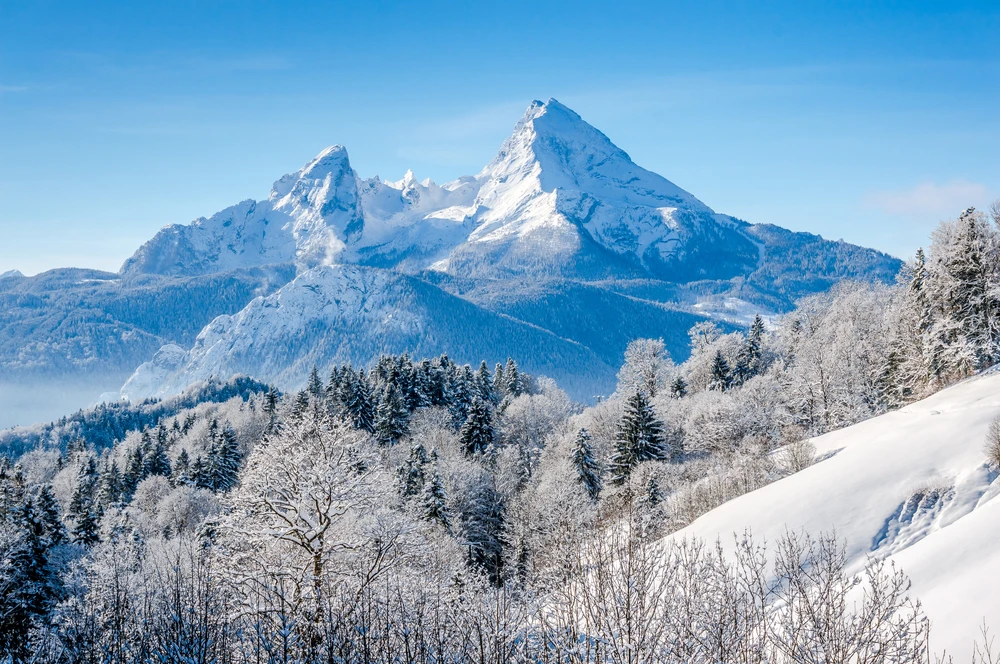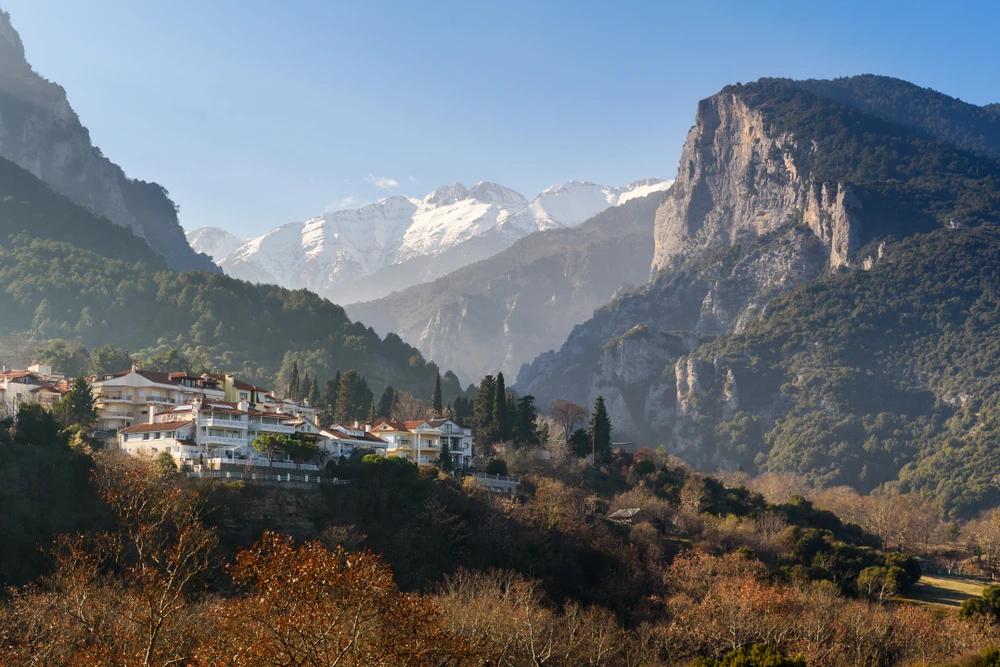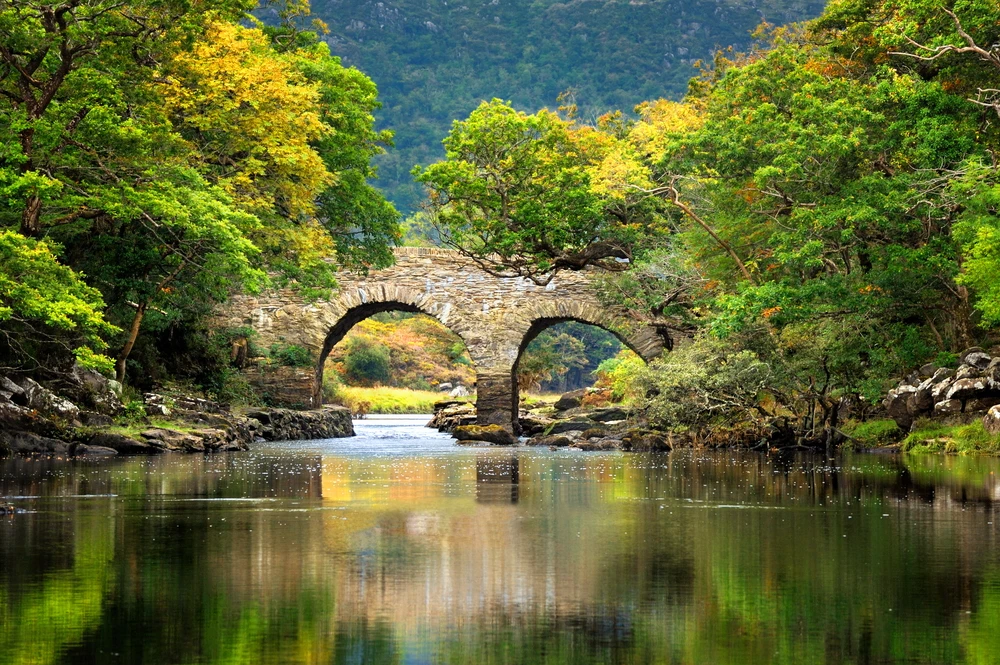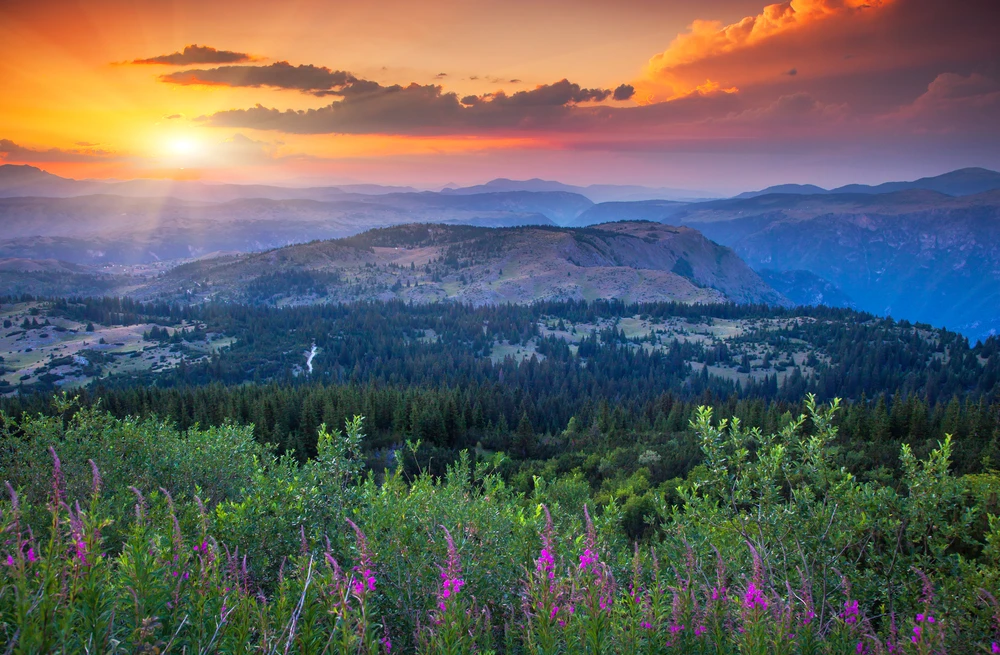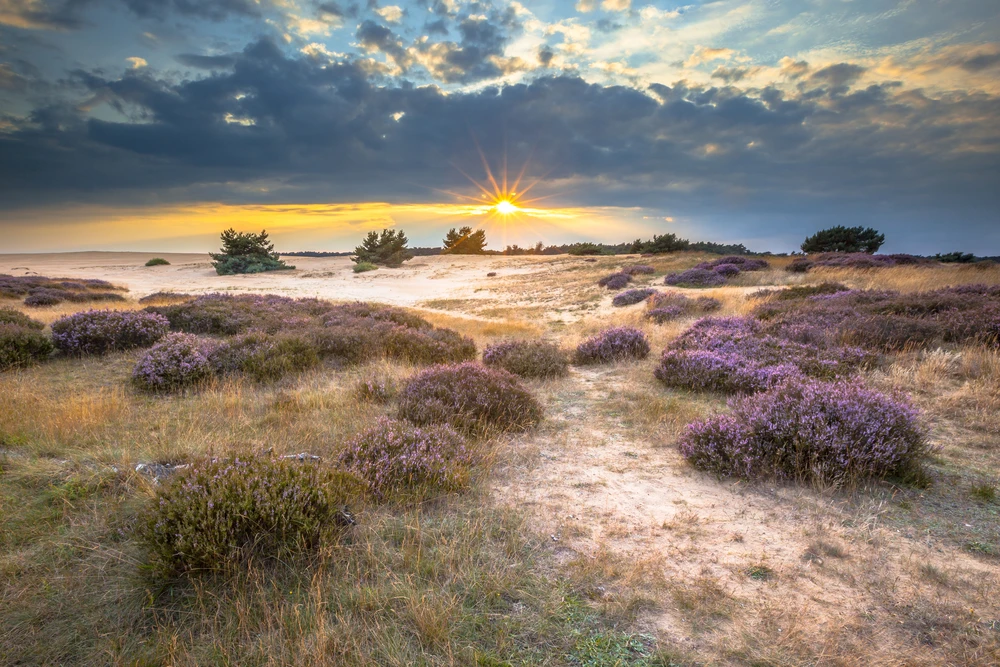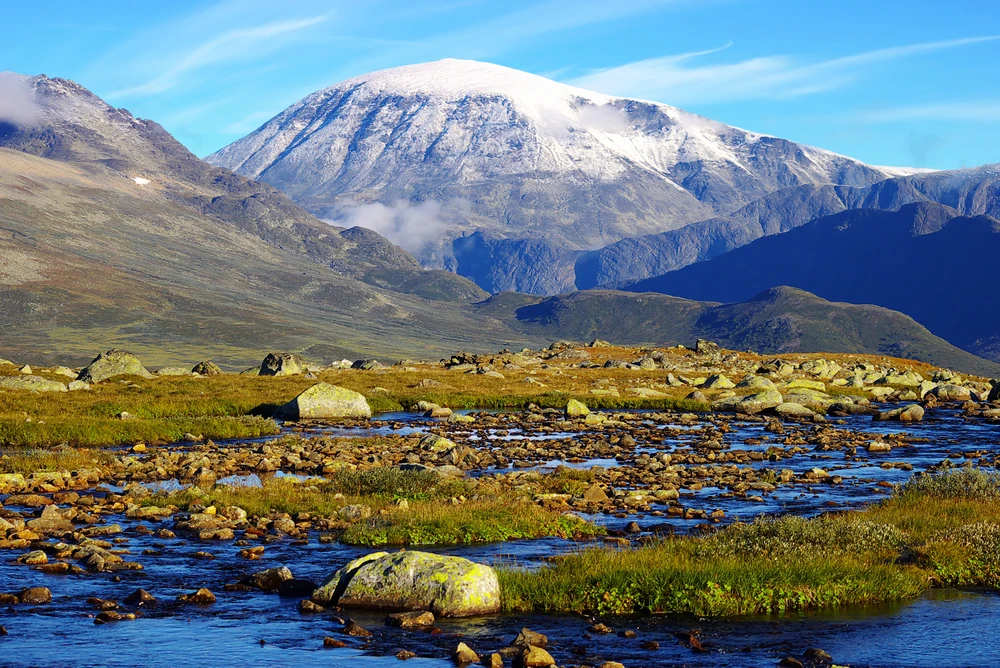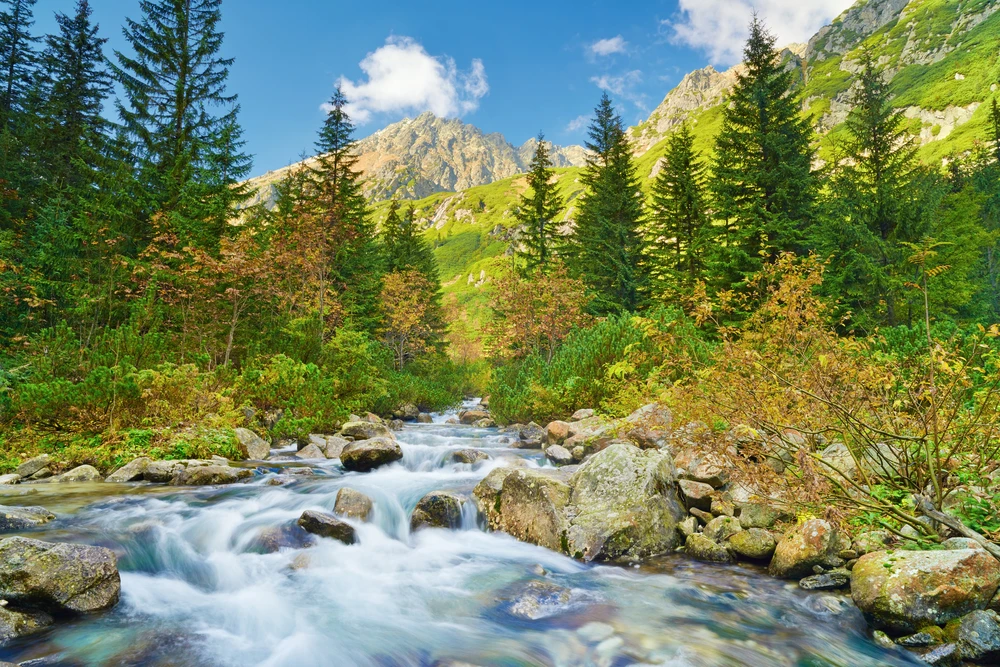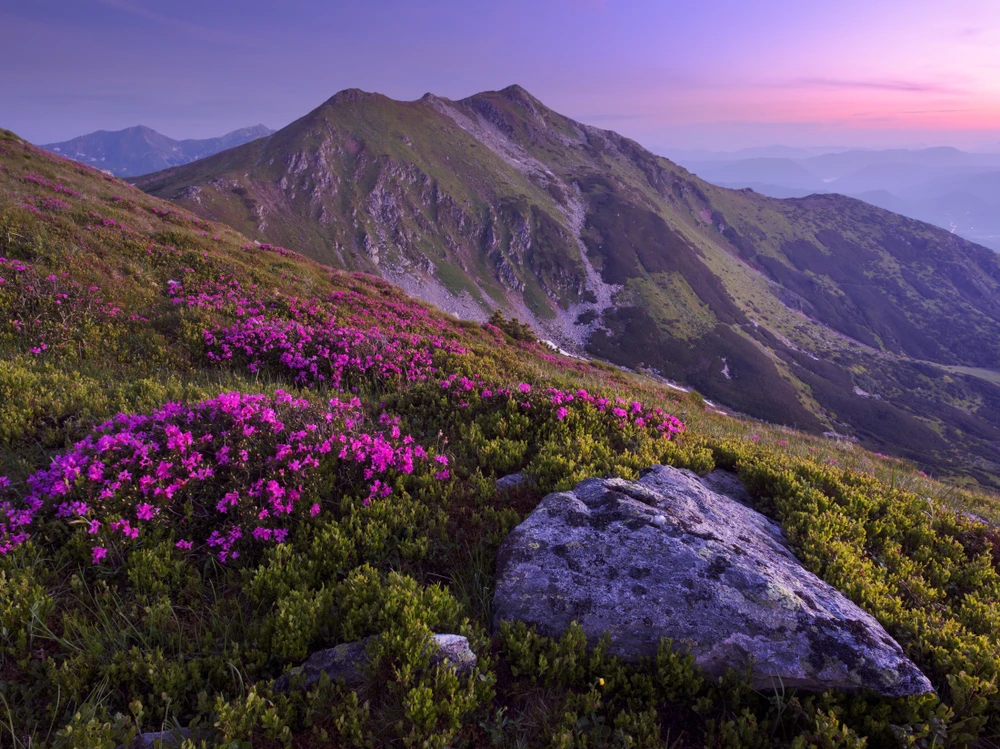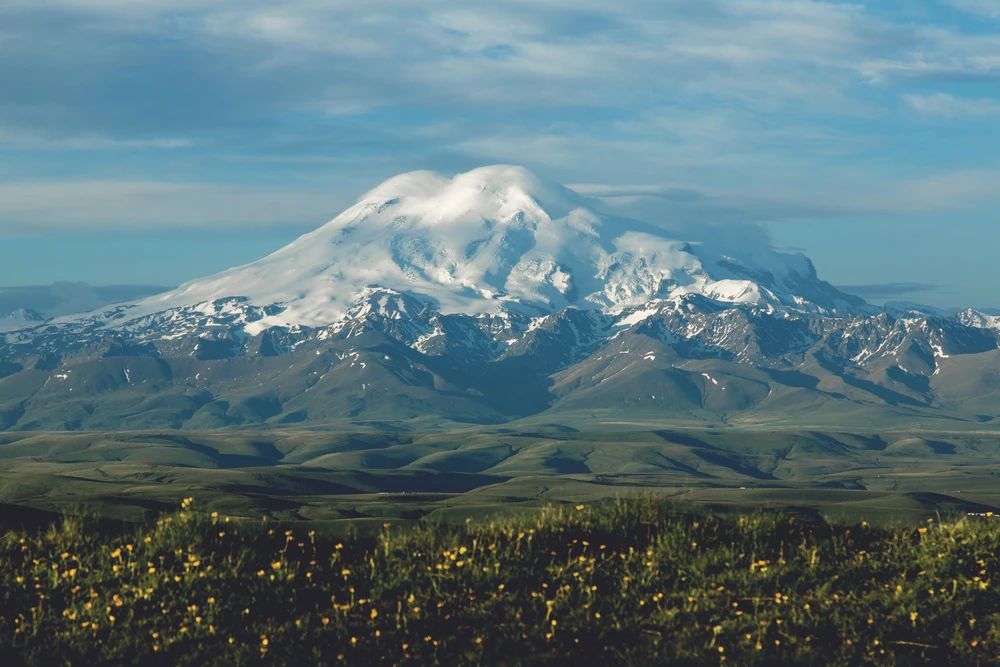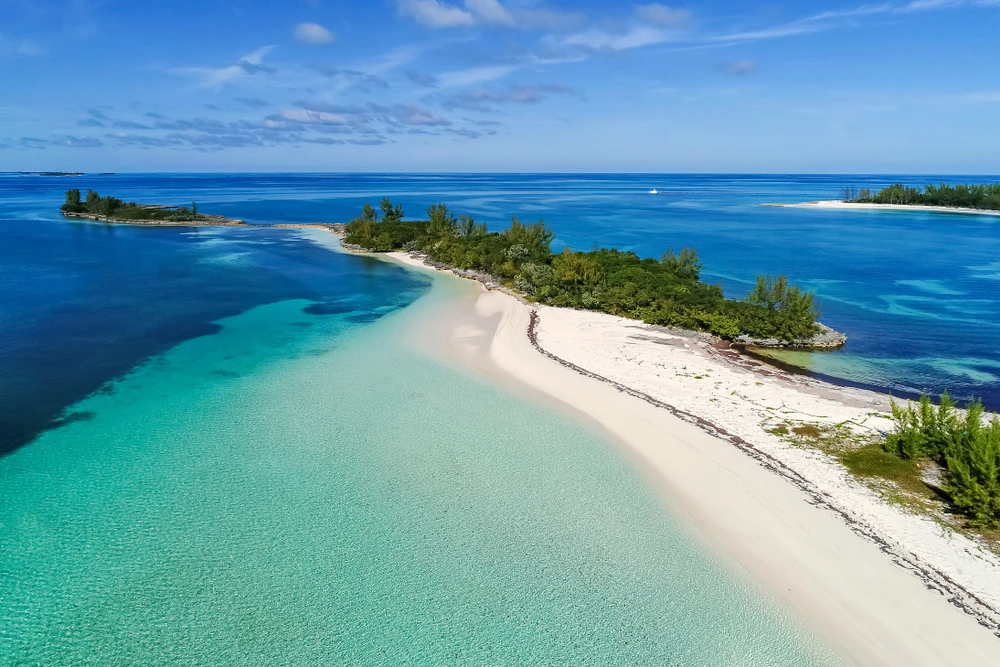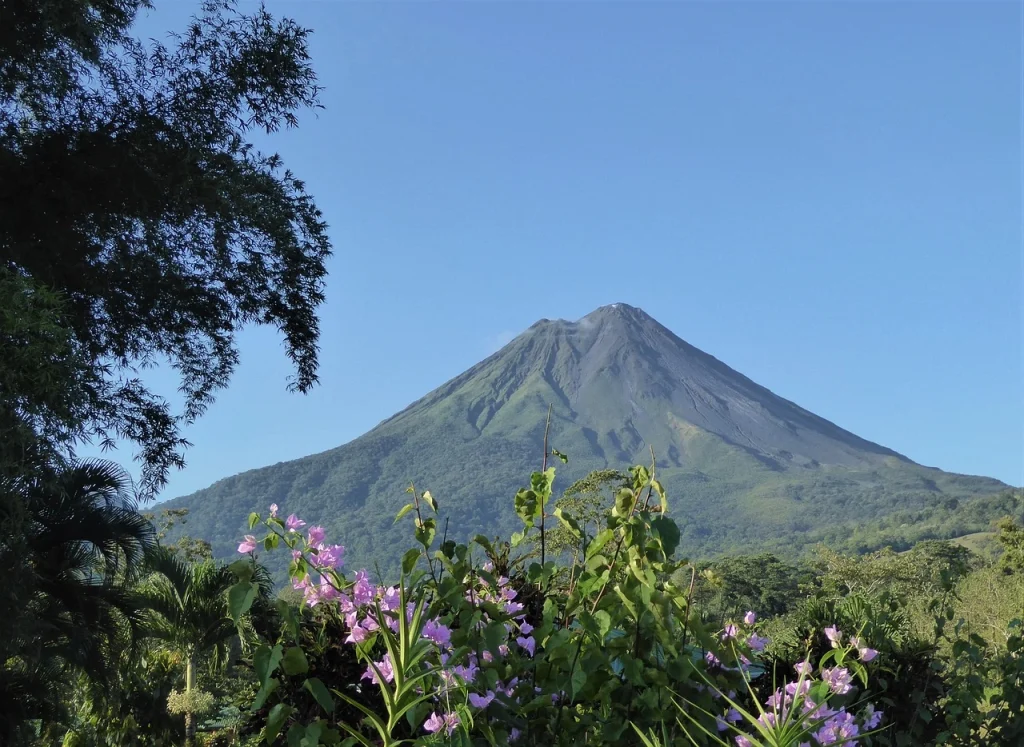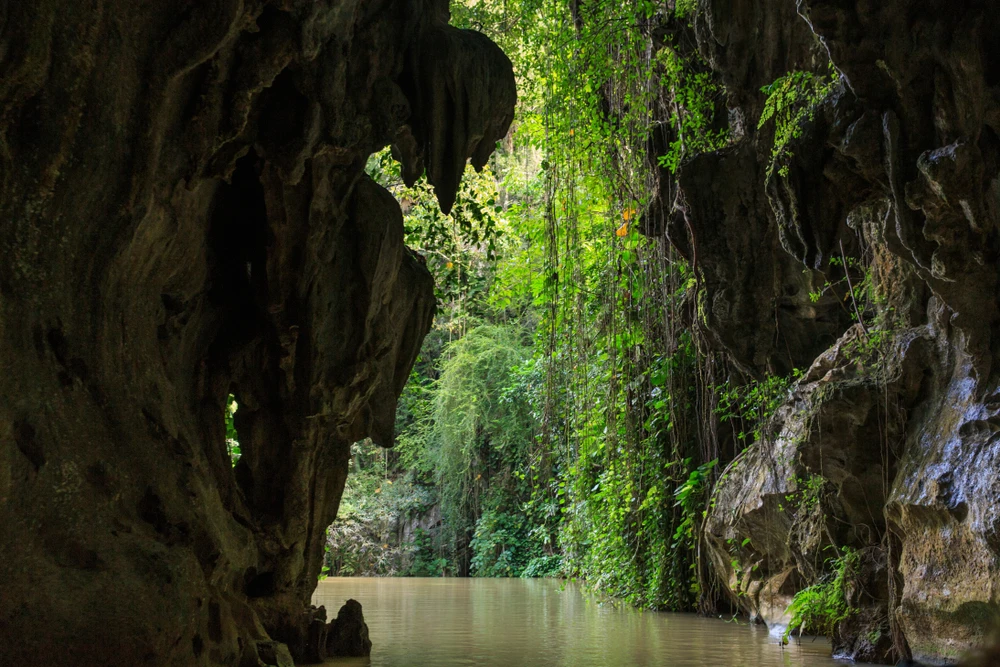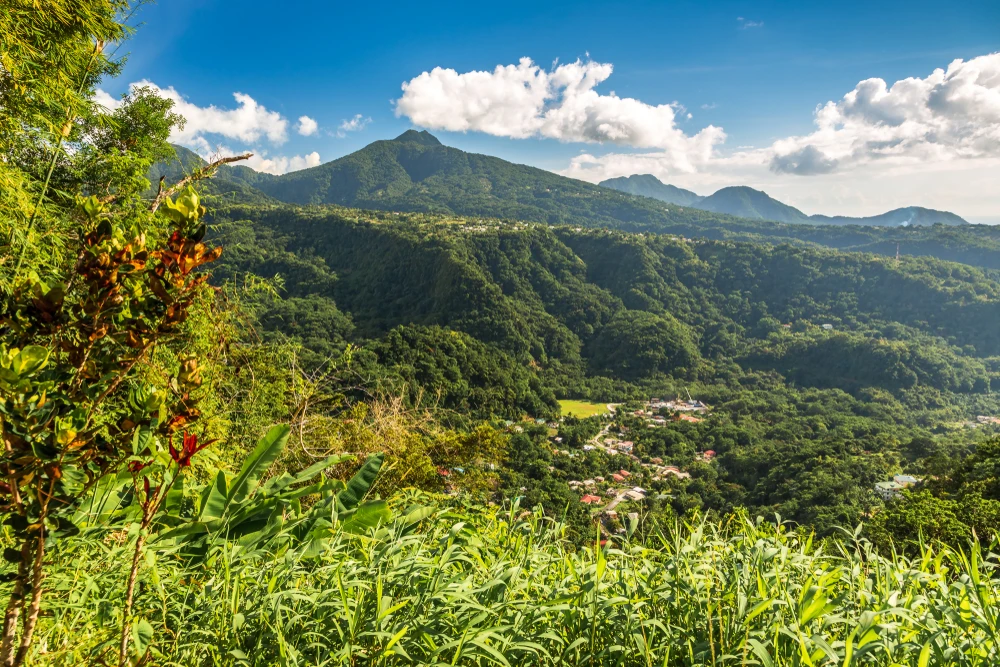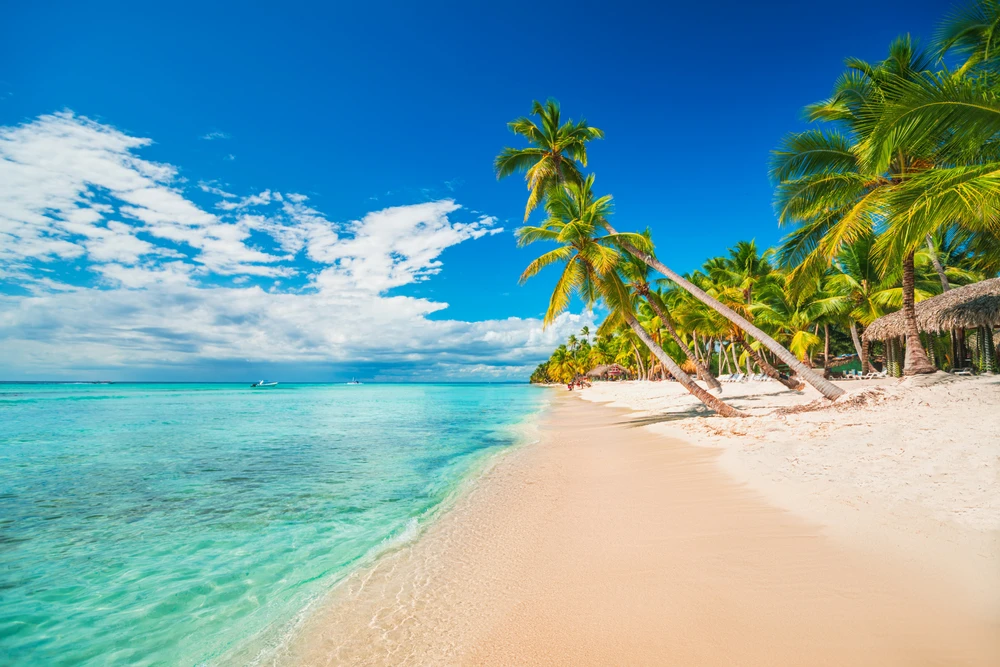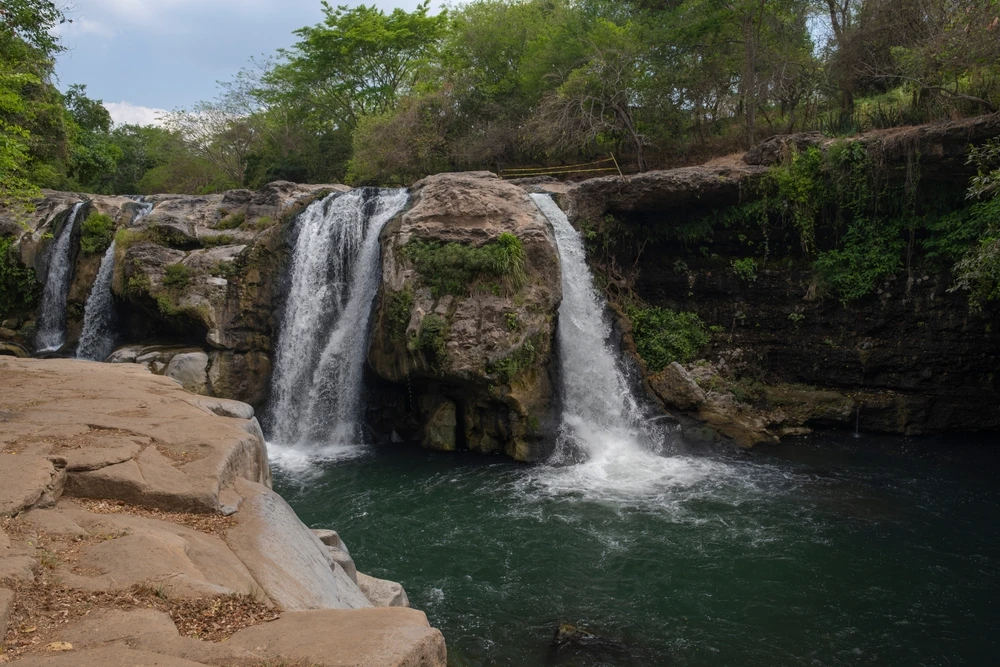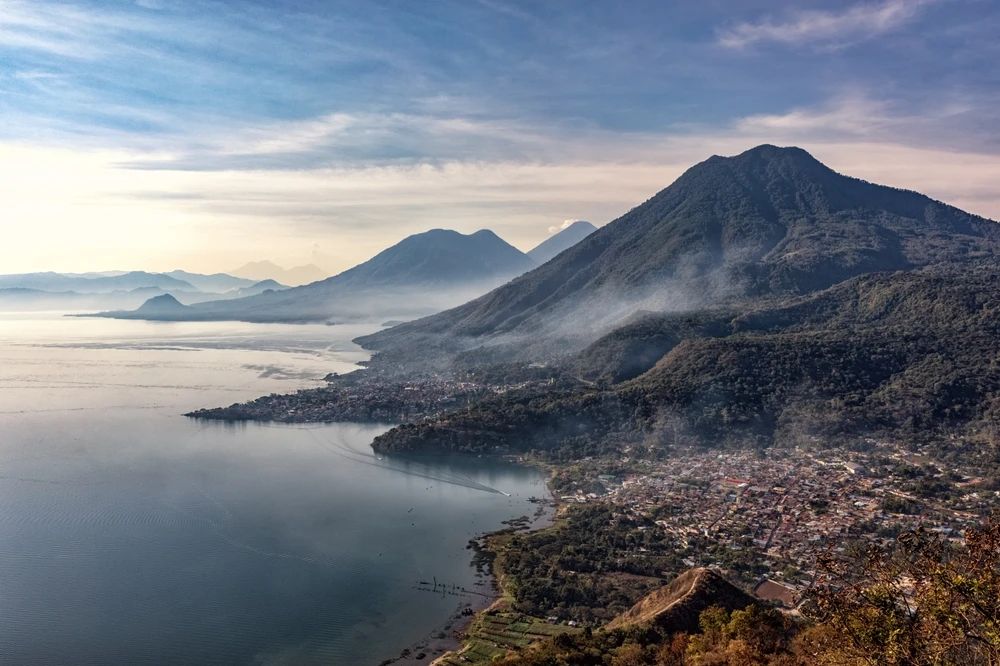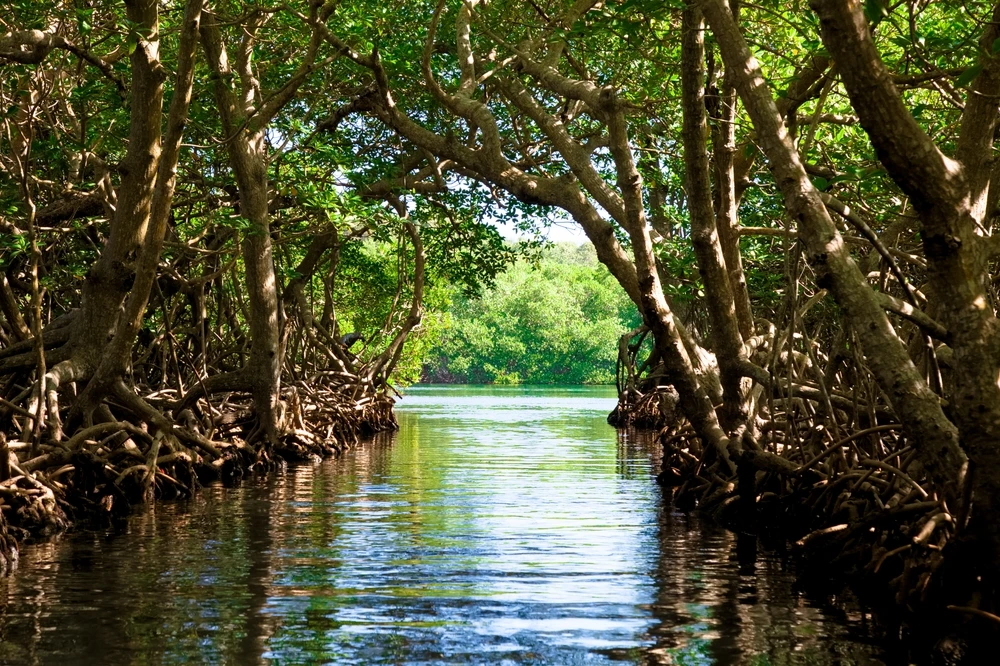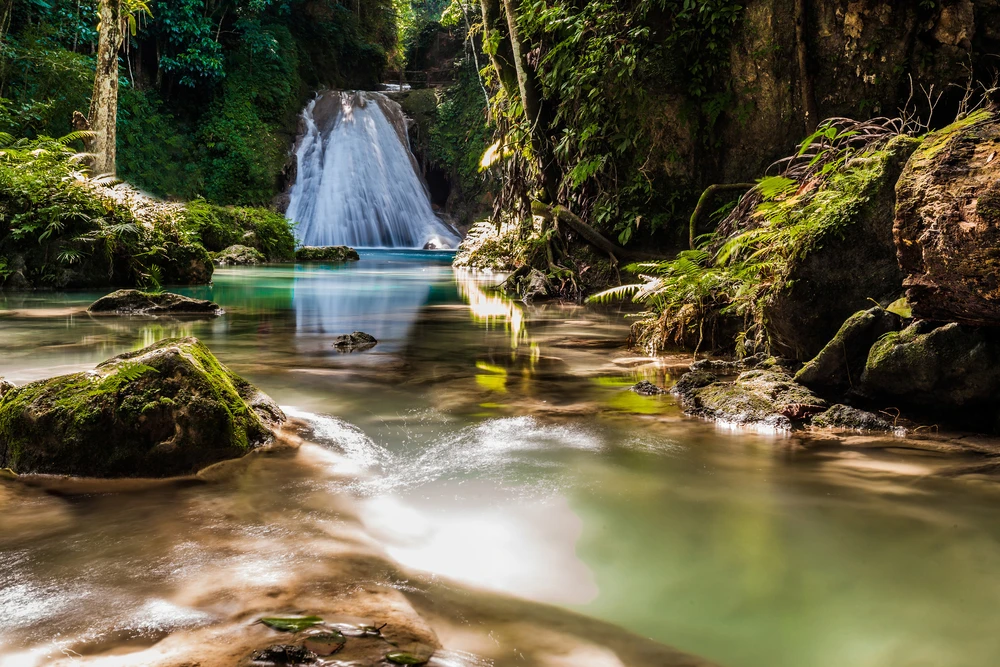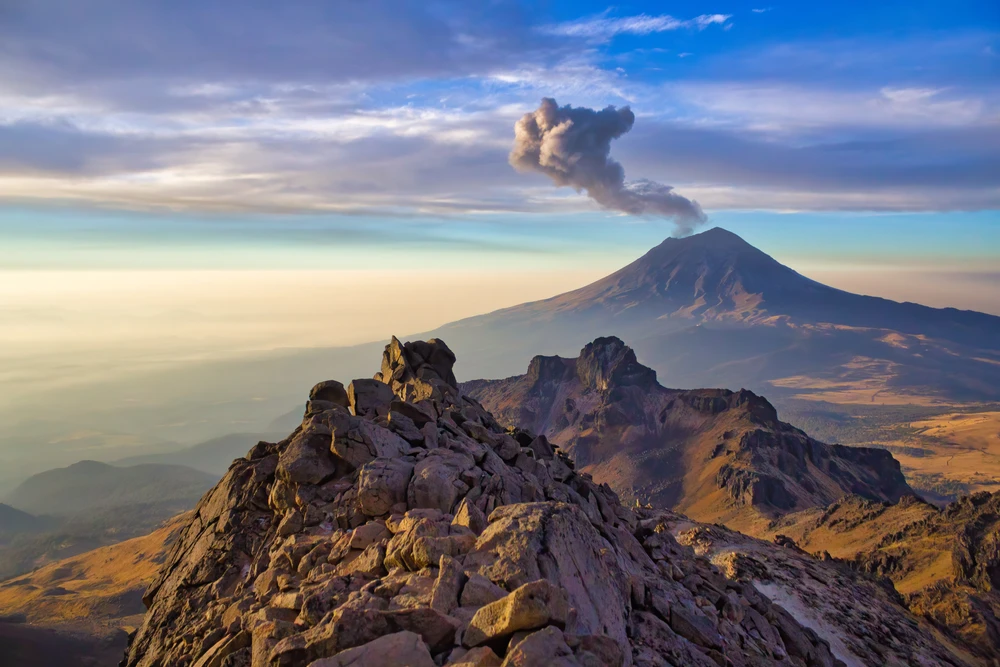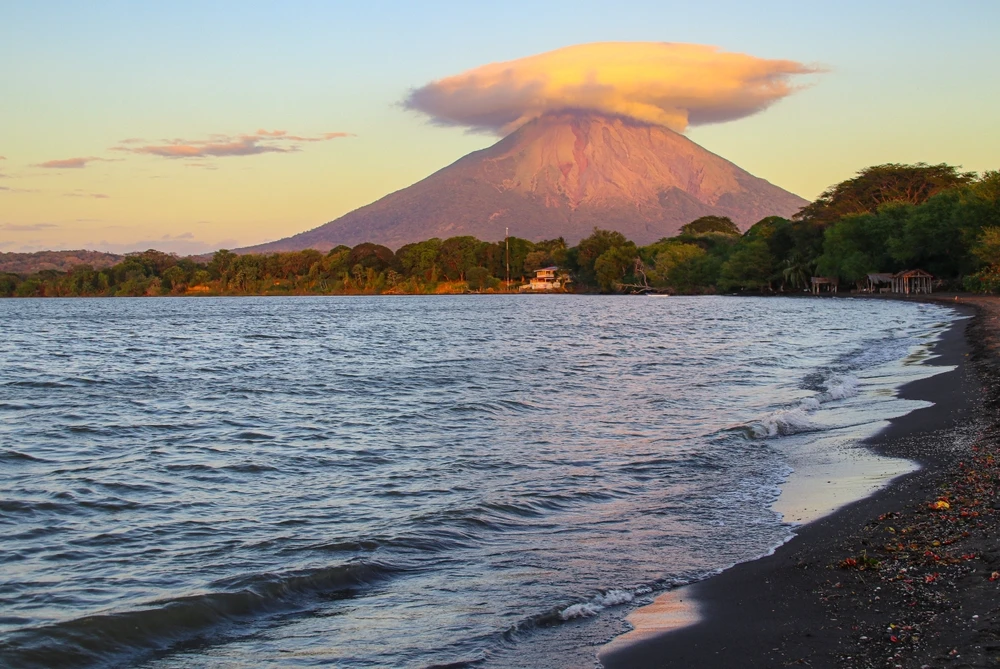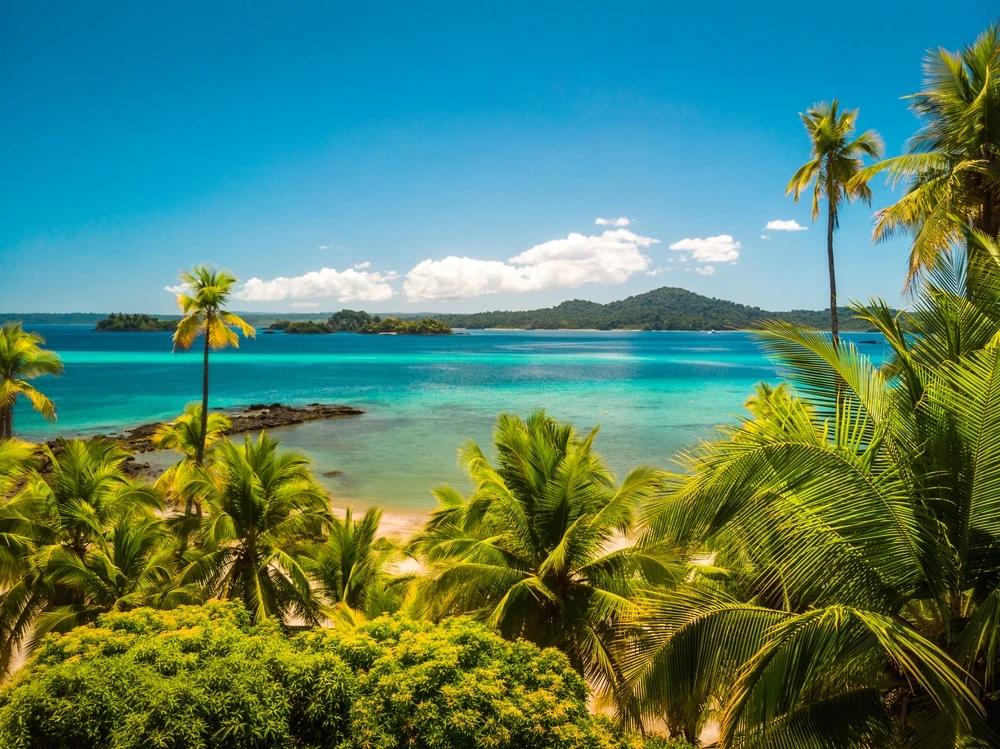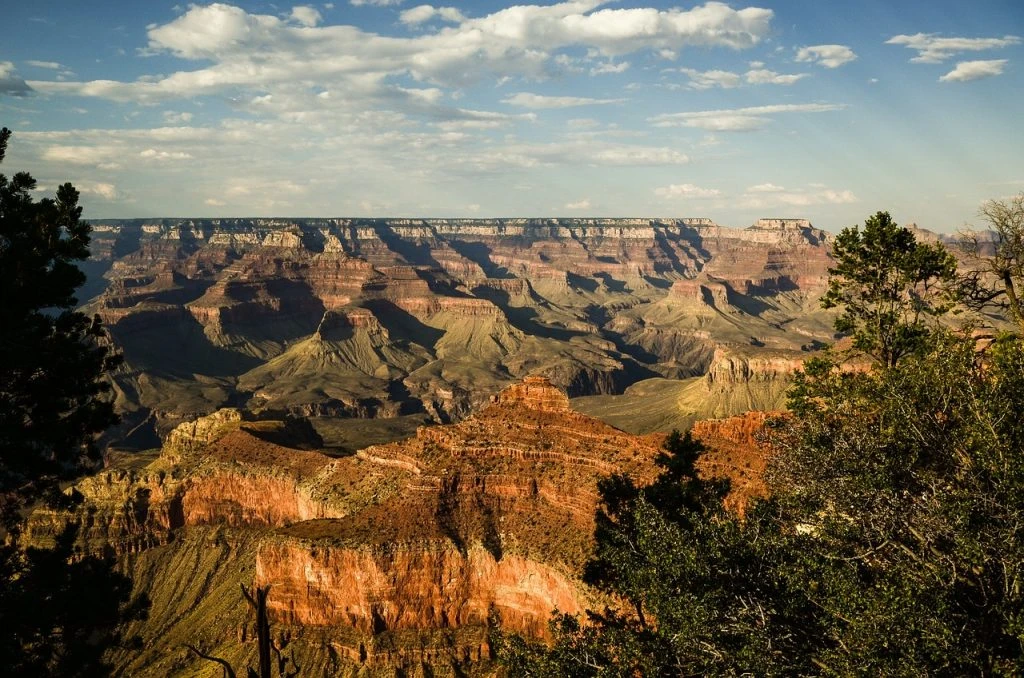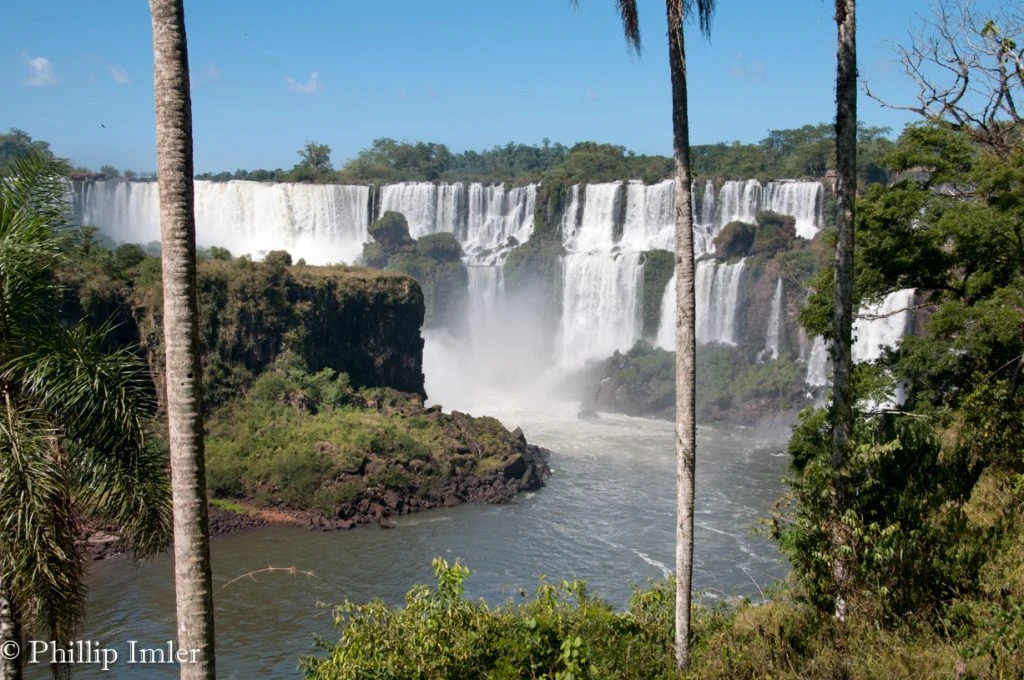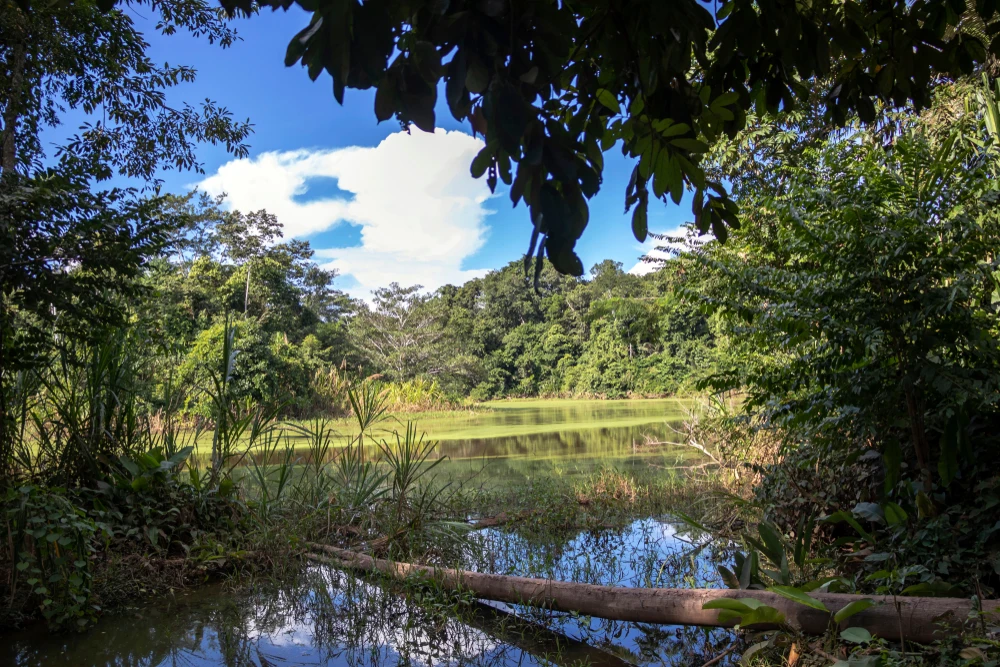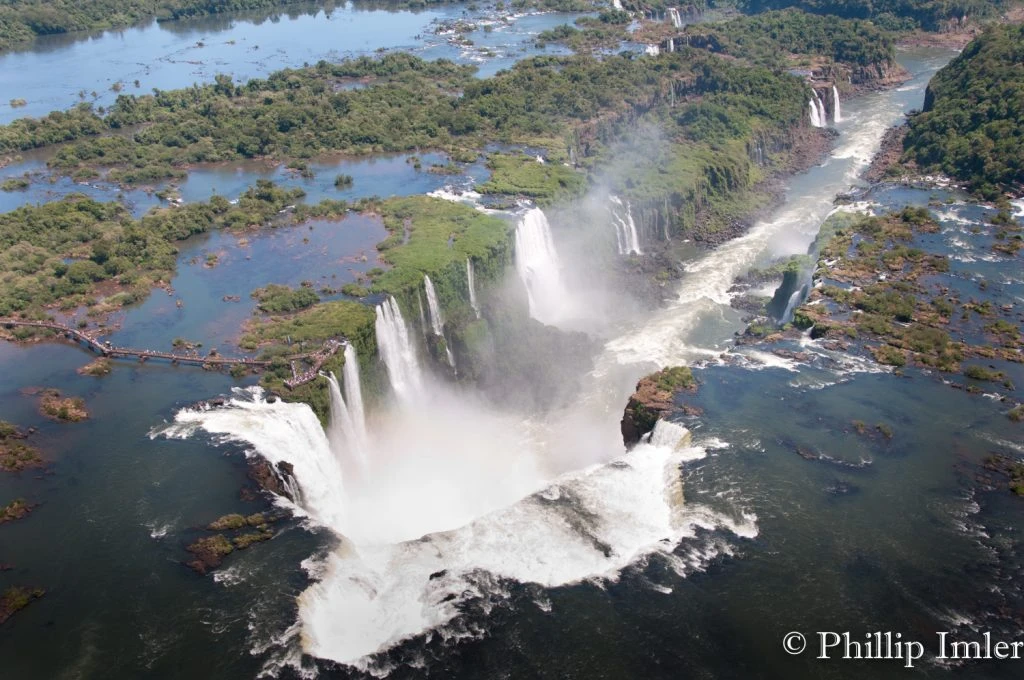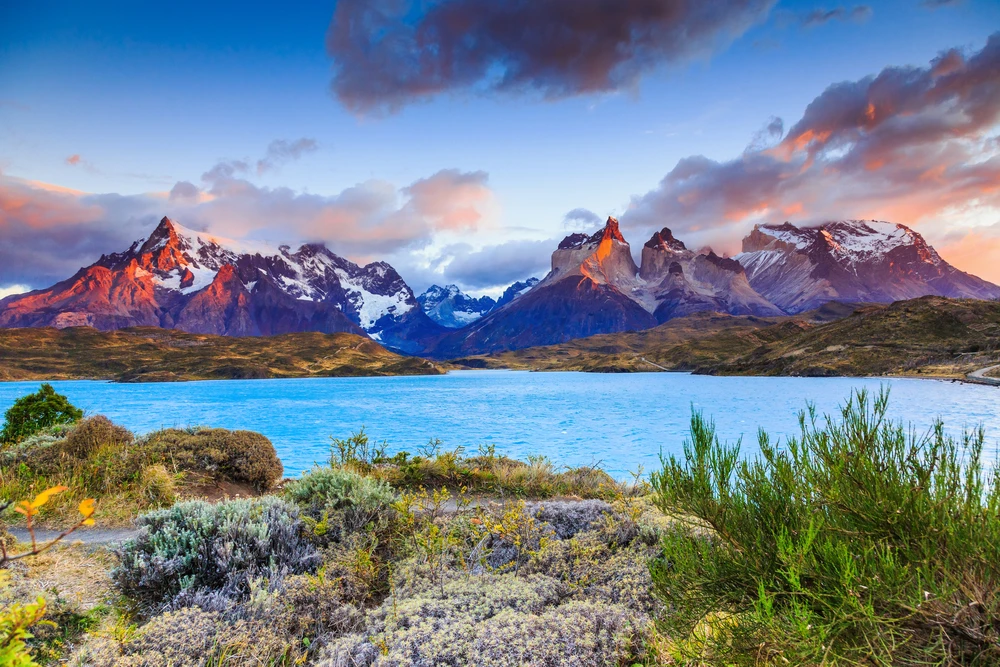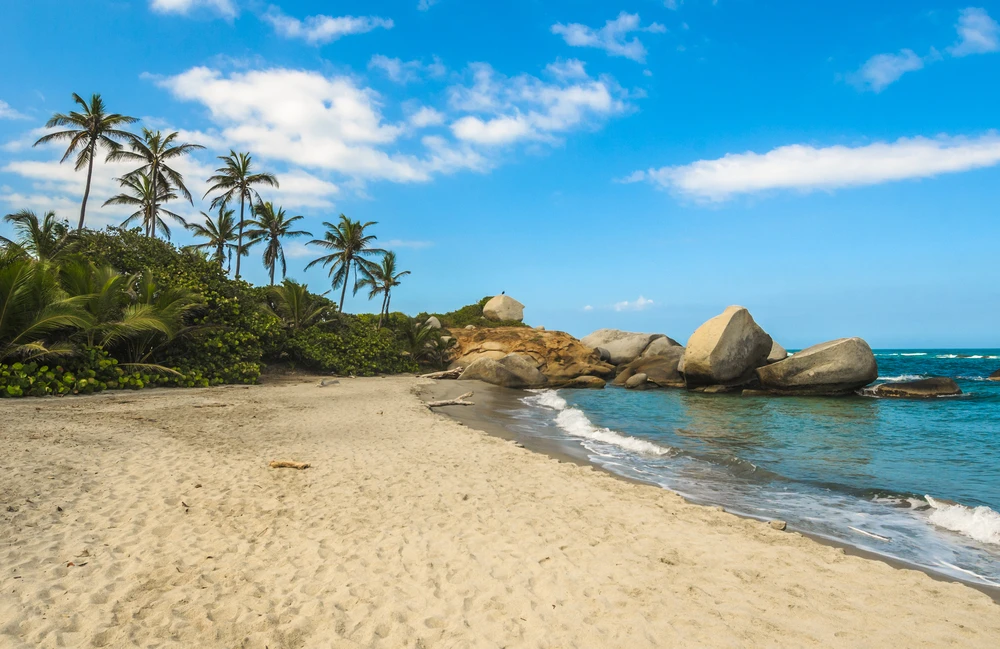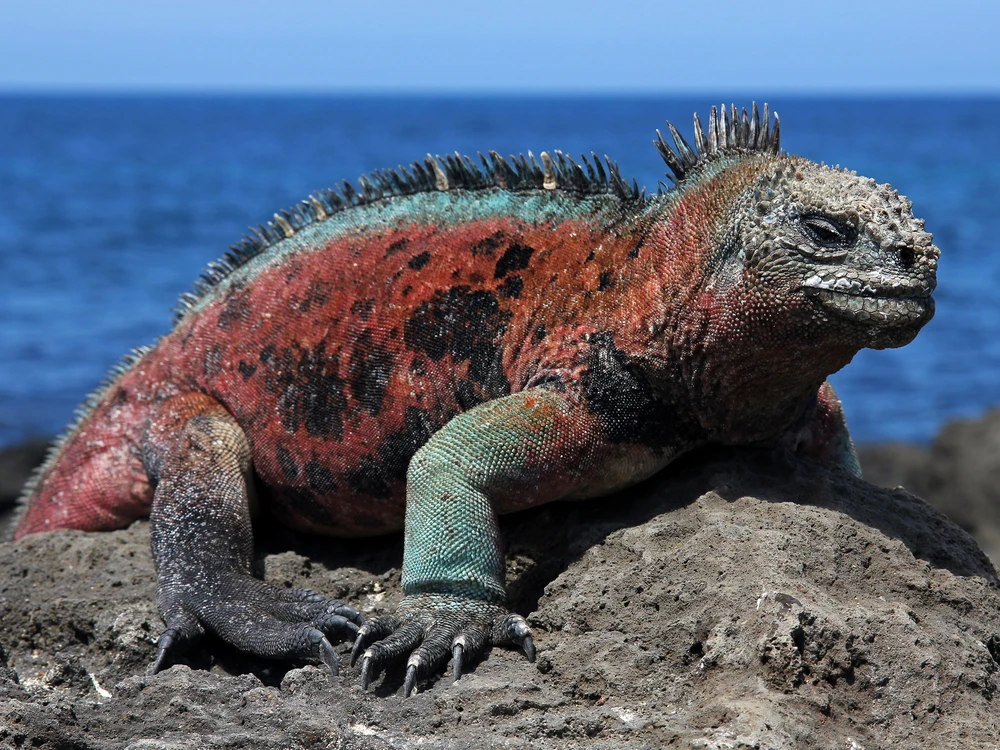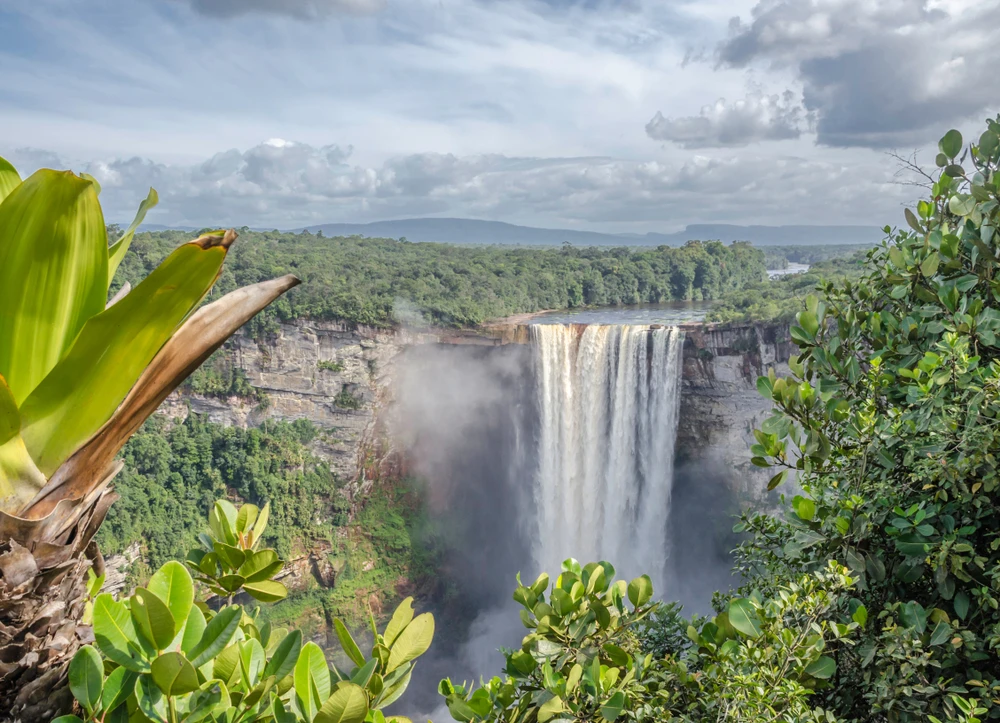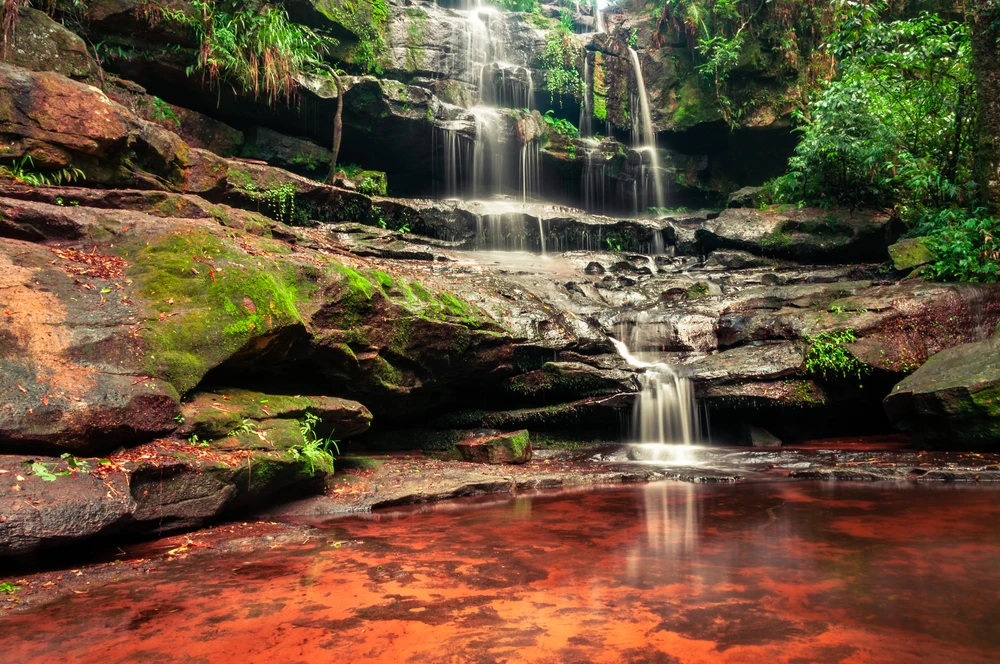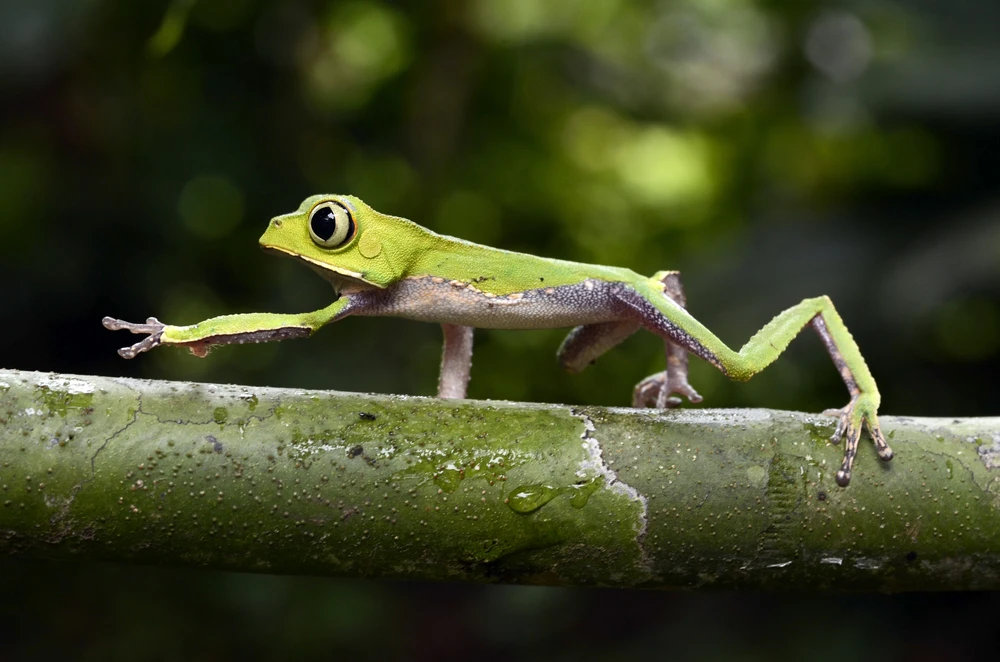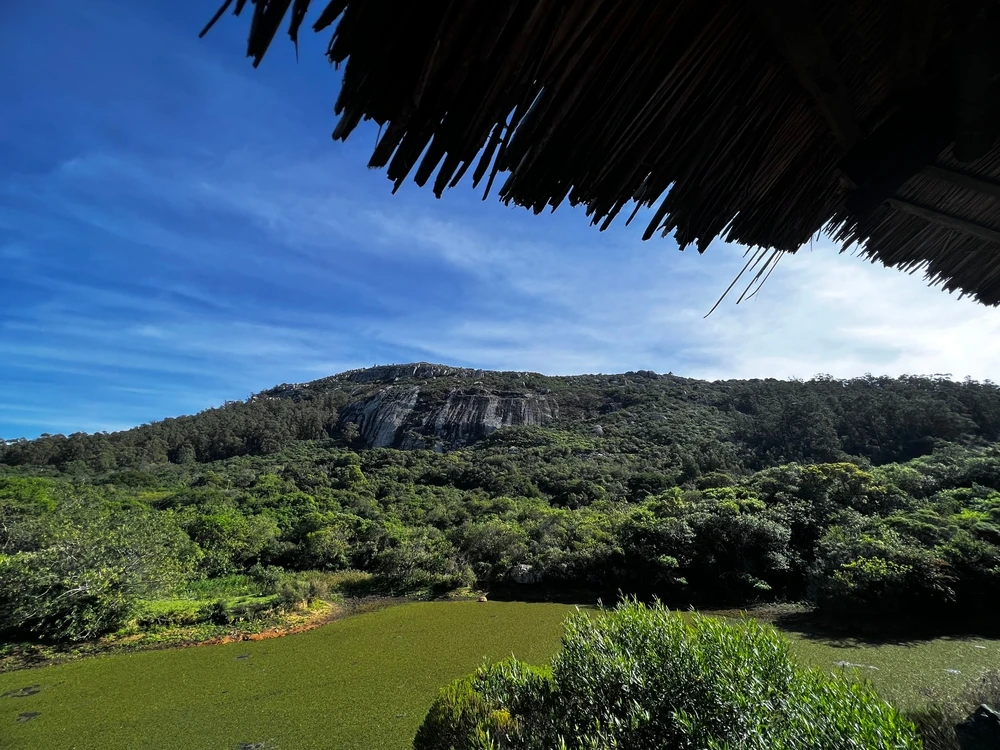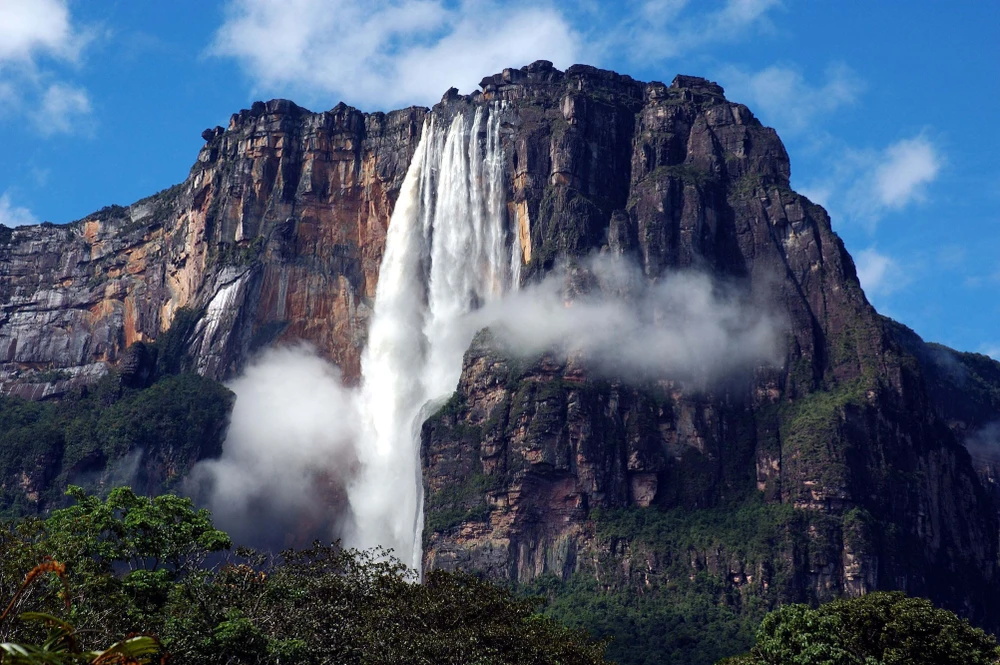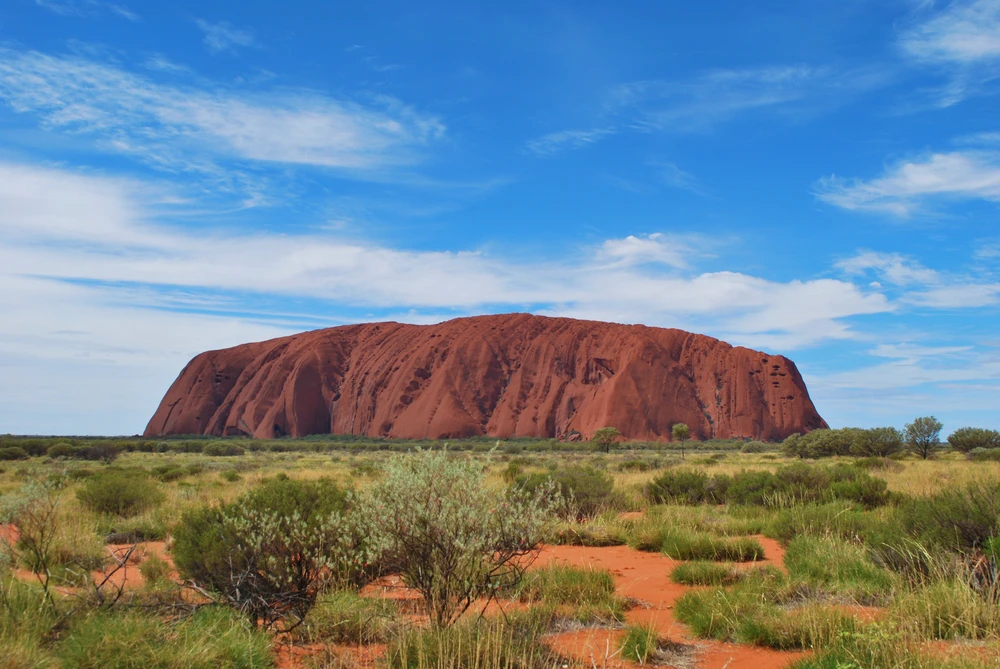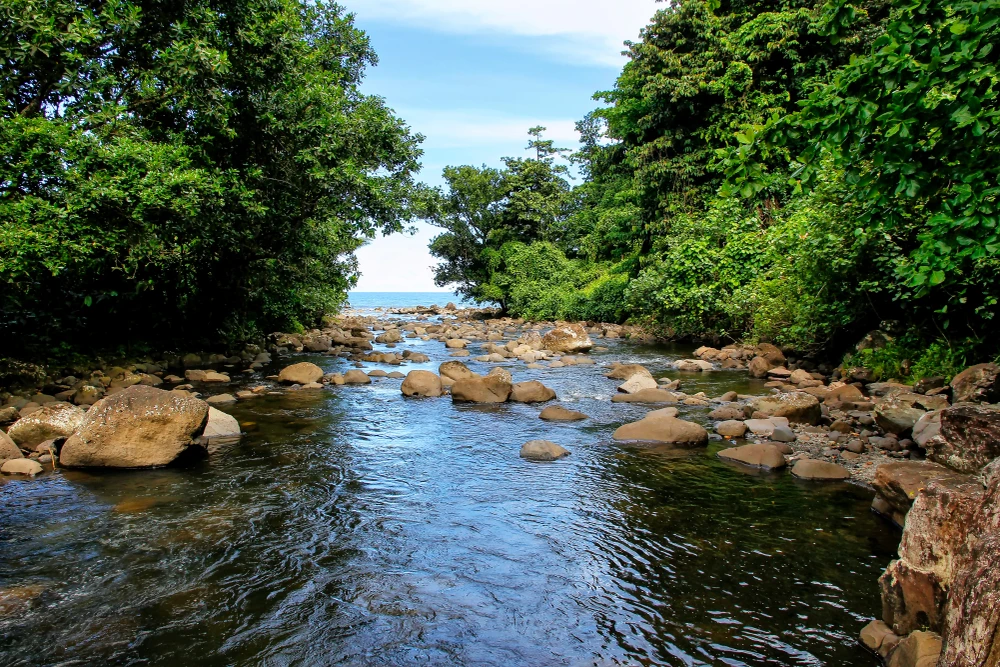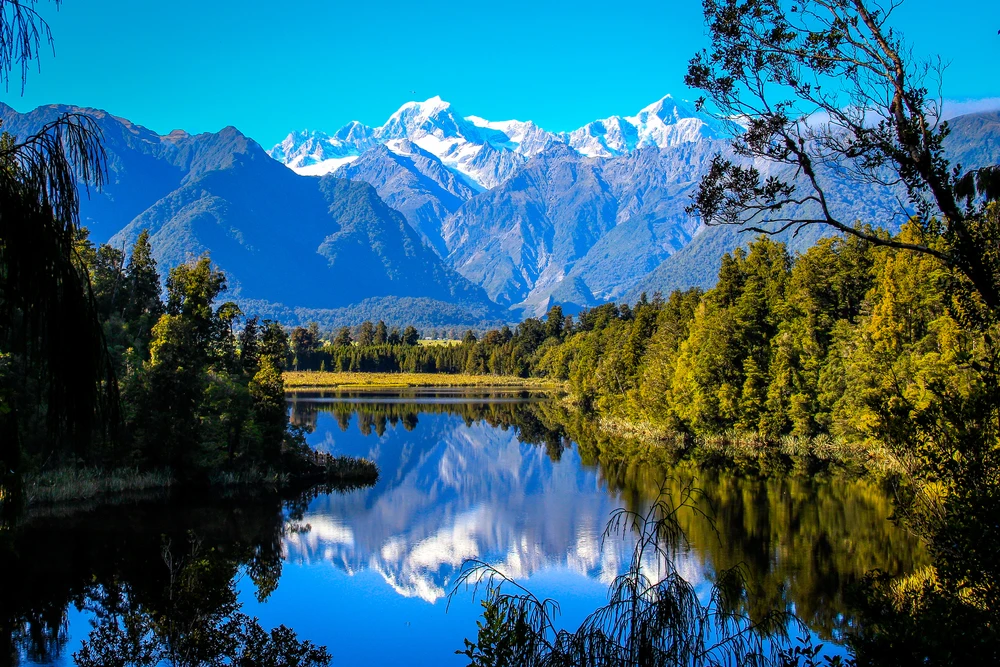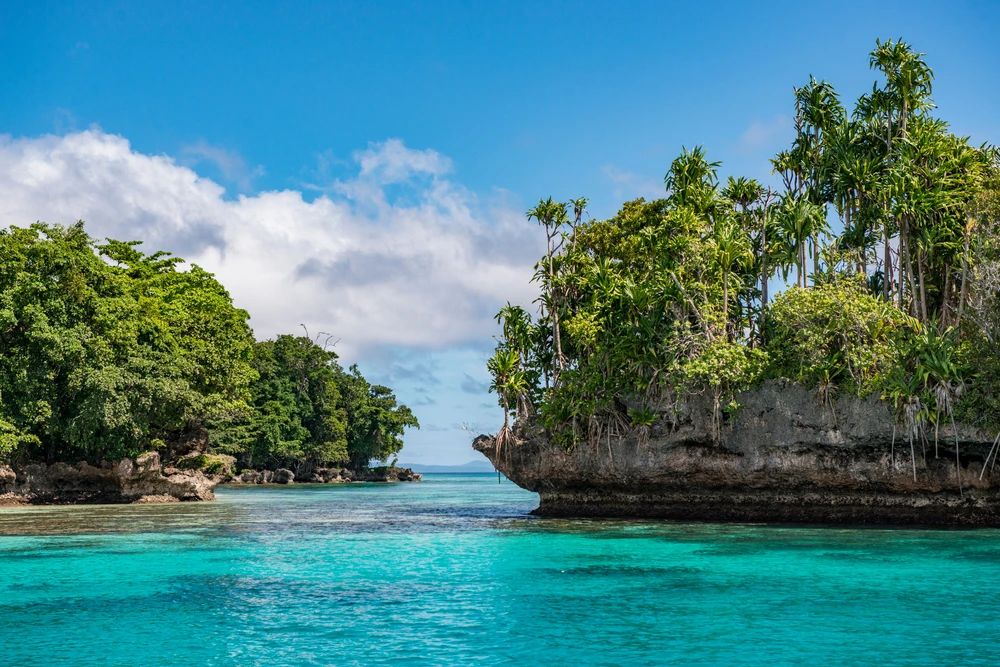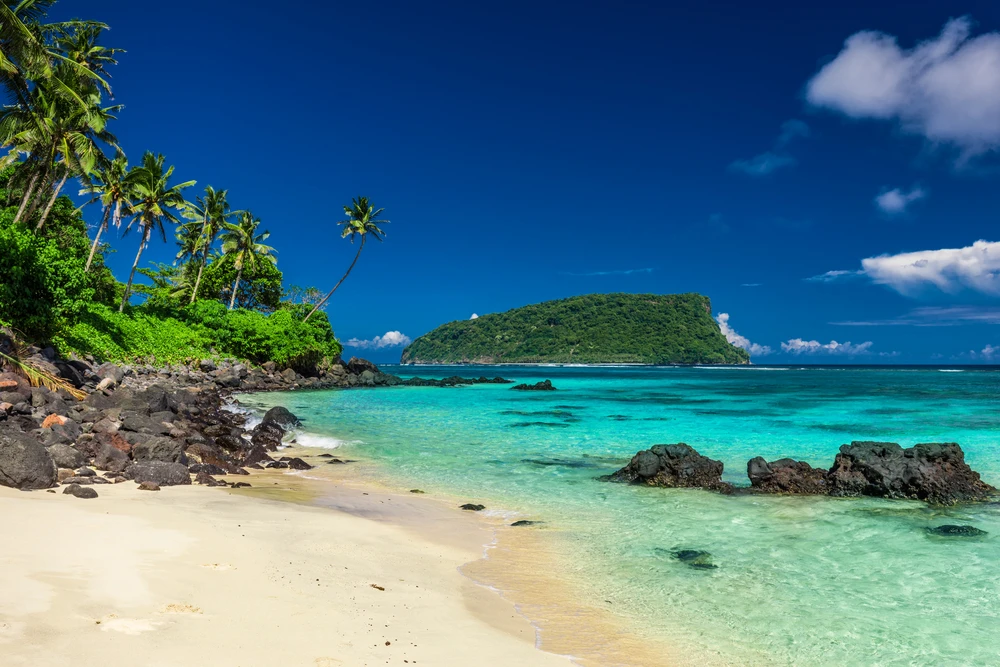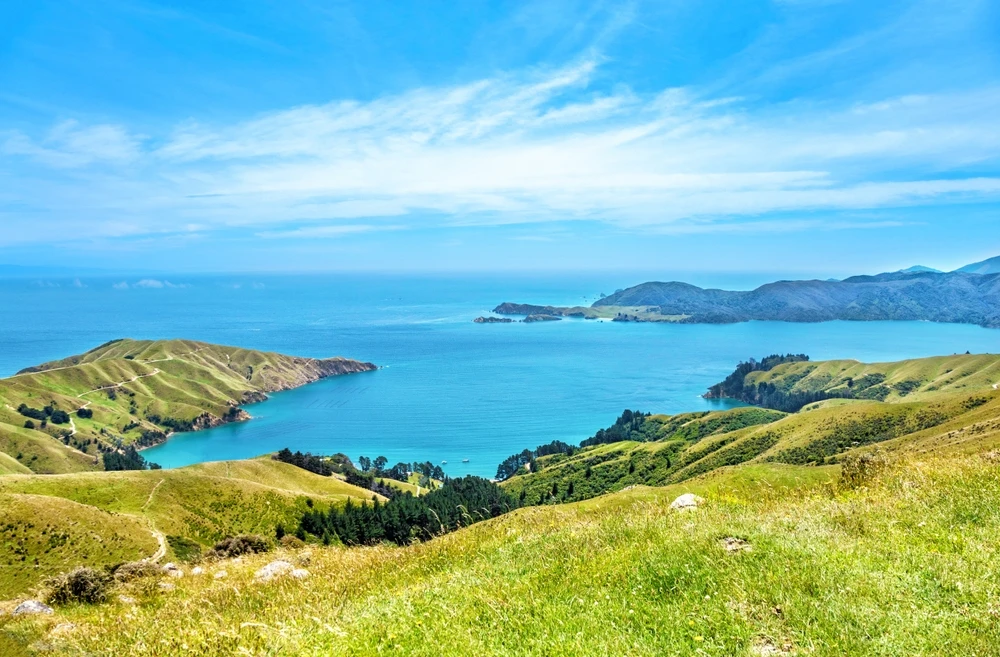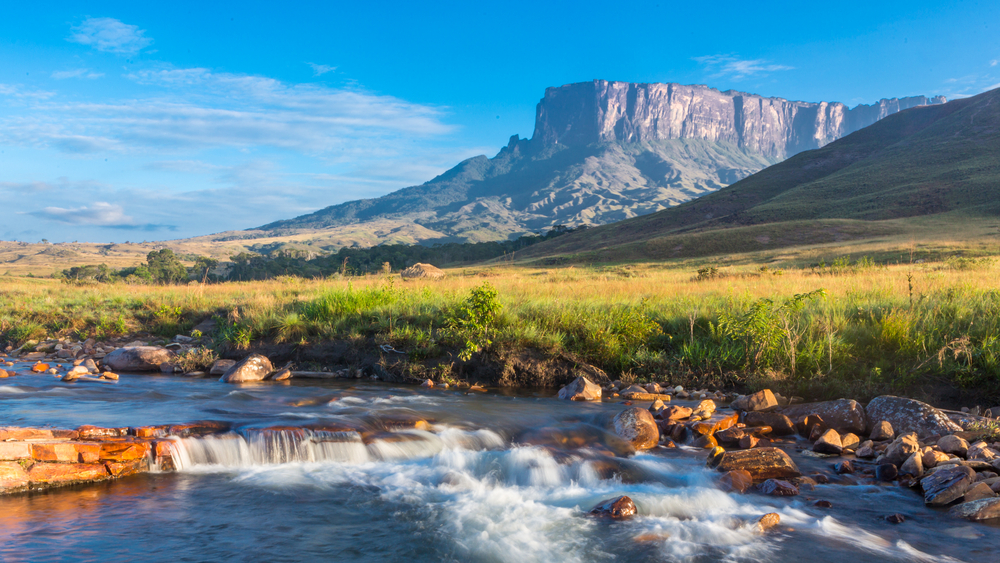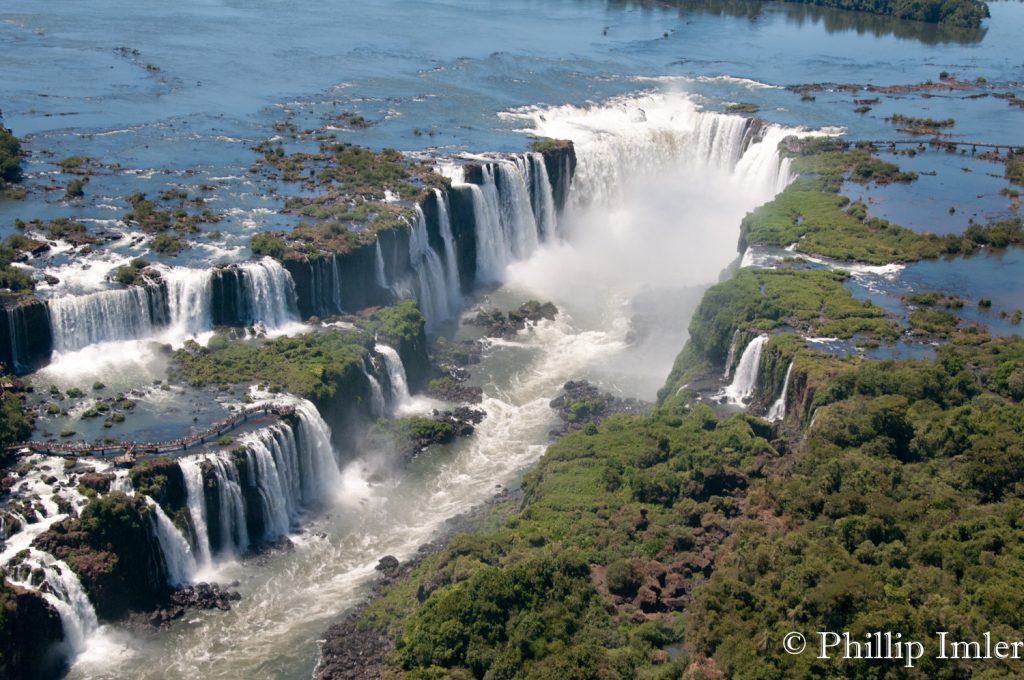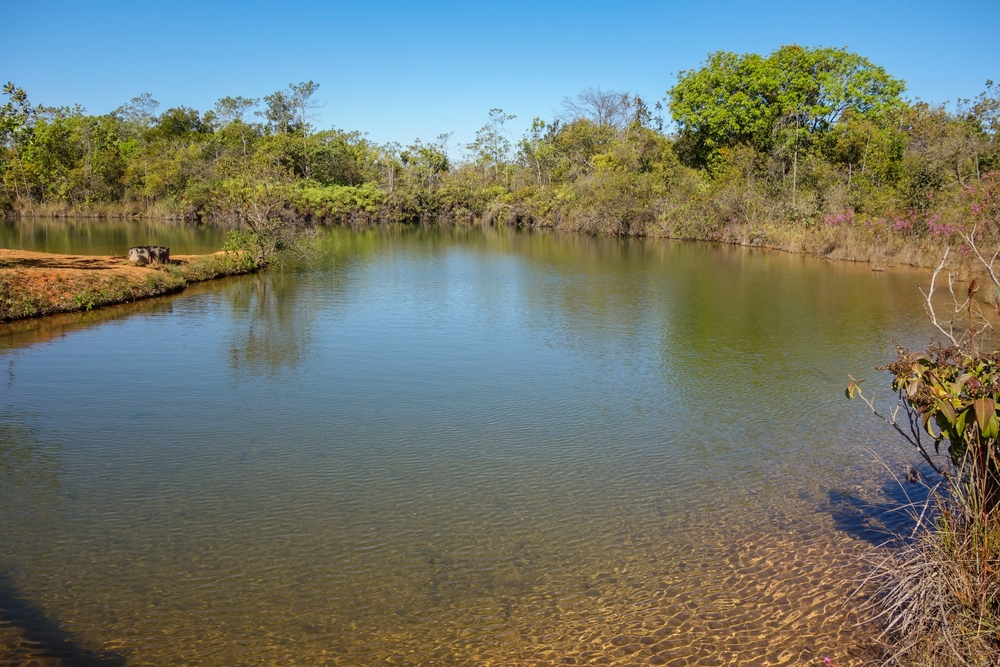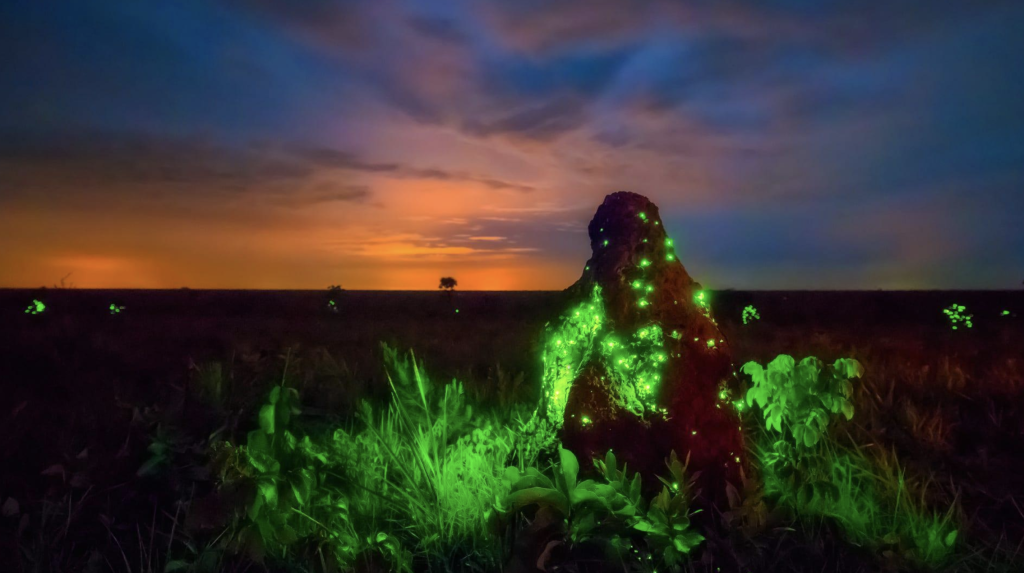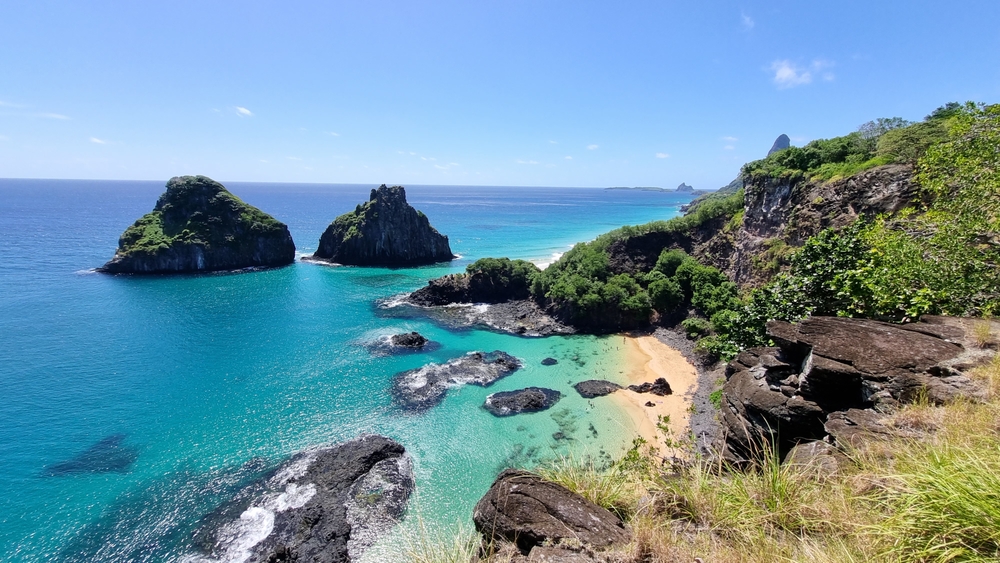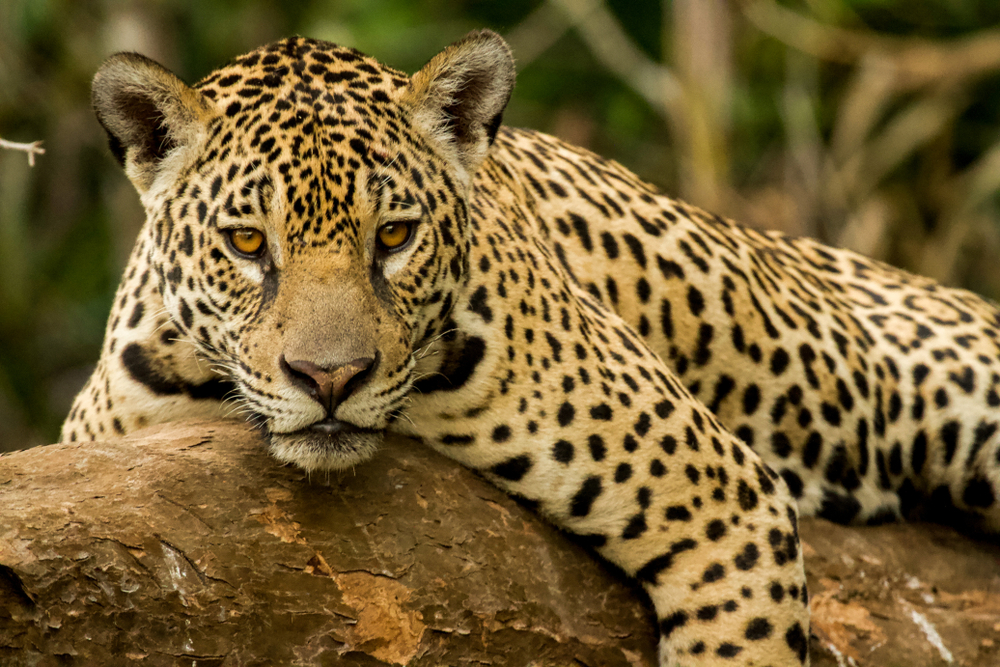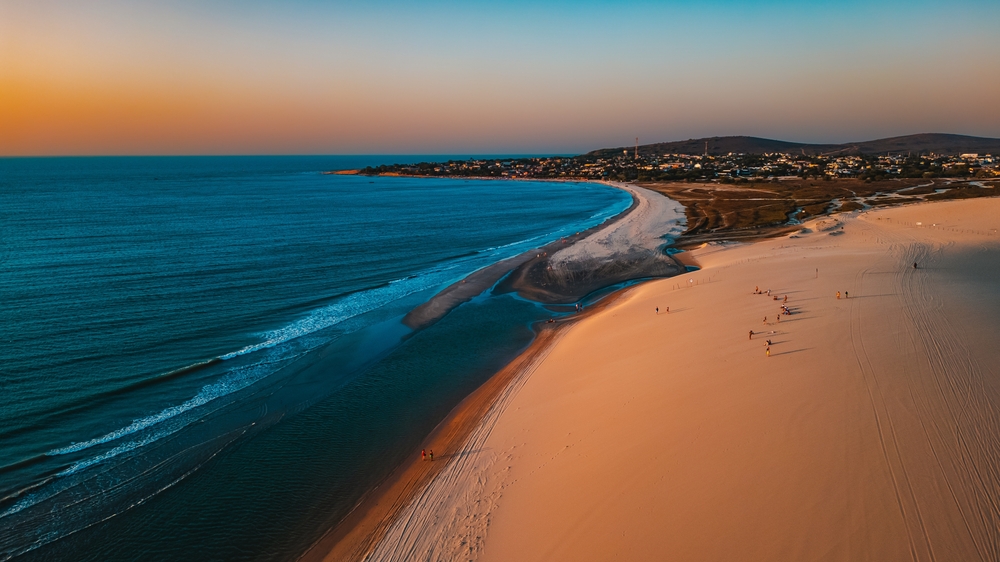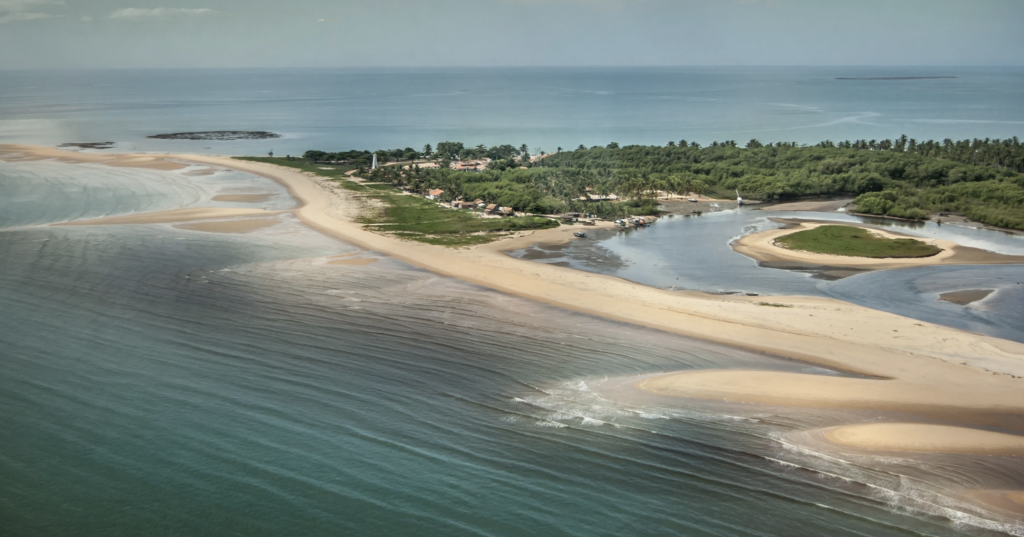Monte Roraima Overview
Monte Roraima National Park, known as Parque Nacional do Monte Roraima in Portuguese, is a breathtaking protected area located in the northernmost part of Brazil, within the state of Roraima.
Spanning approximately 1,151 square miles (2,785 square kilometers), the park is part of the larger Guiana Shield, a region characterized by ancient geological formations and stunning landscapes. Monte Roraima itself is a massive tabletop mountain, or tepui, that rises dramatically to an elevation of about 9,219 feet (2,810 meters).
This striking plateau, shared with Venezuela and Guyana, is one of the oldest geological formations on Earth, dating back nearly two billion years. The unique shape of Monte Roraima, with its sheer cliffs and flat summit, creates an otherworldly environment that has fascinated explorers, scientists, and travelers for centuries.
The terrain of Monte Roraima National Park is a mixture of lush tropical rainforest, rugged savannas, and striking rock formations that seem to defy time. The park is dominated by the massive sandstone cliffs of Monte Roraima, which are often shrouded in mist, giving the region an ethereal appearance.
The top of the tepui is covered in strange rock formations sculpted by erosion, as well as small pools, crystal-clear streams, and sparse vegetation adapted to the harsh environment. Below the plateau, the park features dense Amazonian forests and open grasslands, offering a stark contrast to the barren summit.
Rivers such as the Cotingo and the Paikwa originate from the plateau, forming picturesque waterfalls that cascade down the cliffs, including the stunning Salto Catedral, which adds to the dramatic beauty of the park.
Monte Roraima National Park is home to a rich variety of wildlife, many of which are found only in this unique ecosystem. Among the mammals, visitors might encounter jaguars, pumas, tapirs, and the elusive giant anteater. The park also harbors smaller species such as armadillos, agoutis, and various monkey species that thrive in the forested areas.
The birdlife is particularly impressive, with endemic species such as the Roraiman nightjar, tepui tinamou, and various hummingbirds adapted to the high-altitude environment. Raptors like the black-and-chestnut eagle and the harpy eagle soar over the park, adding to its rich avian diversity.
The summit of Monte Roraima is also home to several species of unique amphibians, such as the tiny black pebble toad, which has evolved to survive in the extreme conditions of the plateau.
One of the most popular features of Monte Roraima National Park is the challenging trek to the summit, an adventure that attracts hikers and nature enthusiasts from around the world. The journey takes several days and involves navigating through dense forests, crossing rivers, and ascending the steep cliffs of the tepui.
Once at the top, visitors are rewarded with a surreal landscape of weathered rock formations, unique flora, and breathtaking panoramic views stretching across three countries. Many trekkers explore the strange stone labyrinths, visit the famous Maverick Rock, and witness the mesmerizing interplay of clouds rolling over the edge of the plateau.
The sense of isolation and the feeling of standing on one of the world’s most ancient landforms make this a truly unforgettable experience.
Conservation efforts in Monte Roraima National Park focus on preserving its fragile ecosystem and protecting the indigenous communities that inhabit the surrounding regions. The park faces challenges such as illegal mining, deforestation, and the impacts of climate change, which threaten its unique biodiversity.
However, conservation initiatives led by environmental organizations and indigenous groups have helped to mitigate some of these threats. The park is part of the larger Pemon indigenous territory, and their traditional knowledge plays a crucial role in its protection.
Sustainable tourism practices are encouraged to minimize the impact on the delicate environment while allowing visitors to appreciate its remarkable beauty. Monte Roraima remains one of the most extraordinary and pristine natural areas in South America, offering a rare glimpse into a world shaped by time and untouched by modern civilization.


